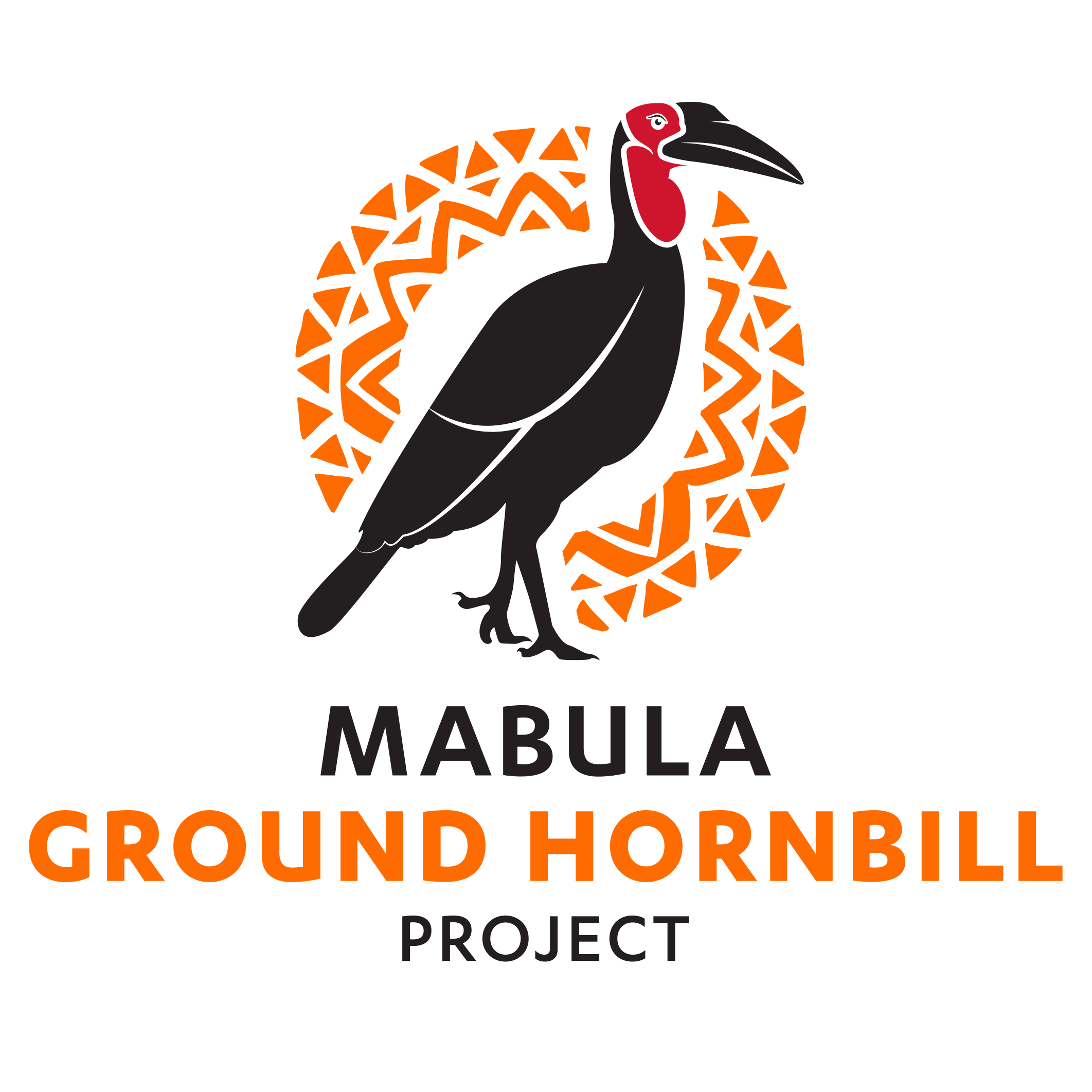THE THUNDER BIRD
MABULA GROUND HORNBILL PROJECT
NEWSLETTER
Aug - Dec 2022
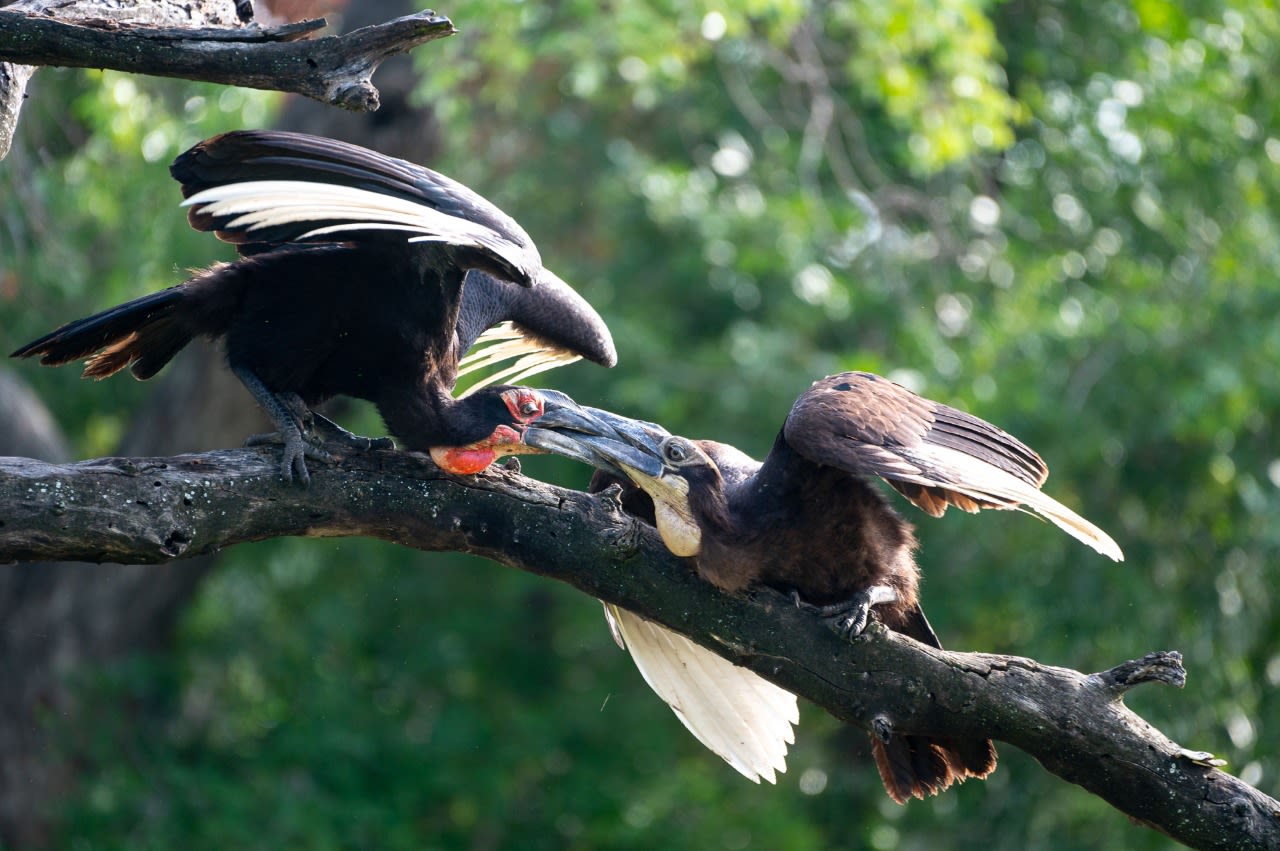
IUCN SSC SOS PROGRESS
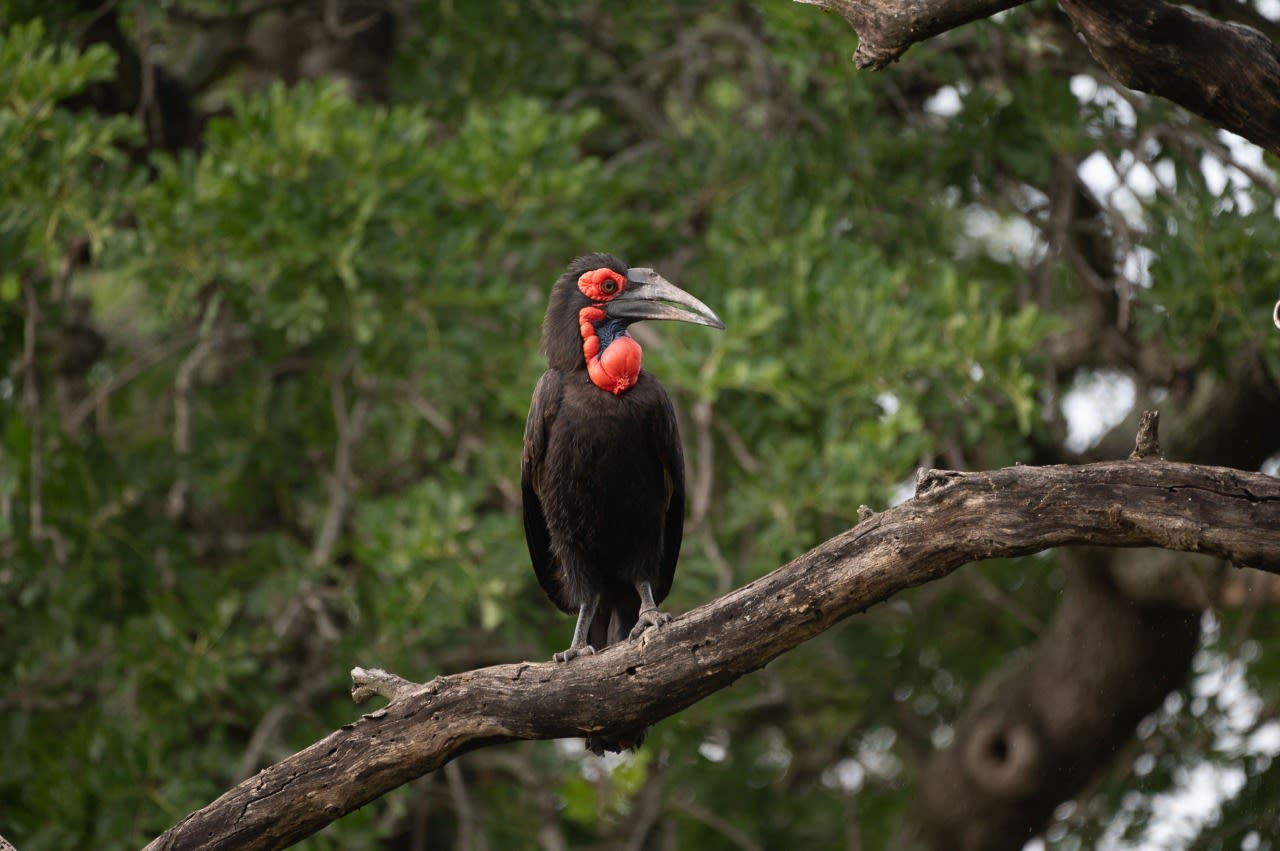
Our SSC SOS Grant has enabled us to kickstart the Biodiversity Management Plan actions in an amazing way. These include optimising how we as a greater group of stakeholders - the Thunderbird Task Team - can work together, developing protocols for implementation on a wide-range of actions - how to prevent elephant damage to nest trees, manage disturbance at nest and roosting sites, maintain and number of valuable databases relating to population distributions, threats and conservation success, mitigate threats and so much more...

We are supported by IUCN Save Our Species, co-funded by the European Union. The IUCN Save Our Species aims to improve the long-term survival prospects of threatened species, by focusing on supporting the species' habitats and working with the communities who share this habitat. It achieves success by funding and coordinating conservation projects into multiple global initiatives. The African Wildlife initiative is a partnership between the European Union and IUCN that responds to conservation challenges facing key threatened species in sub-Saharan Africa. It delivers tangible results for species, habitats and people.
Our team blossoms with new faces, skills and ideas
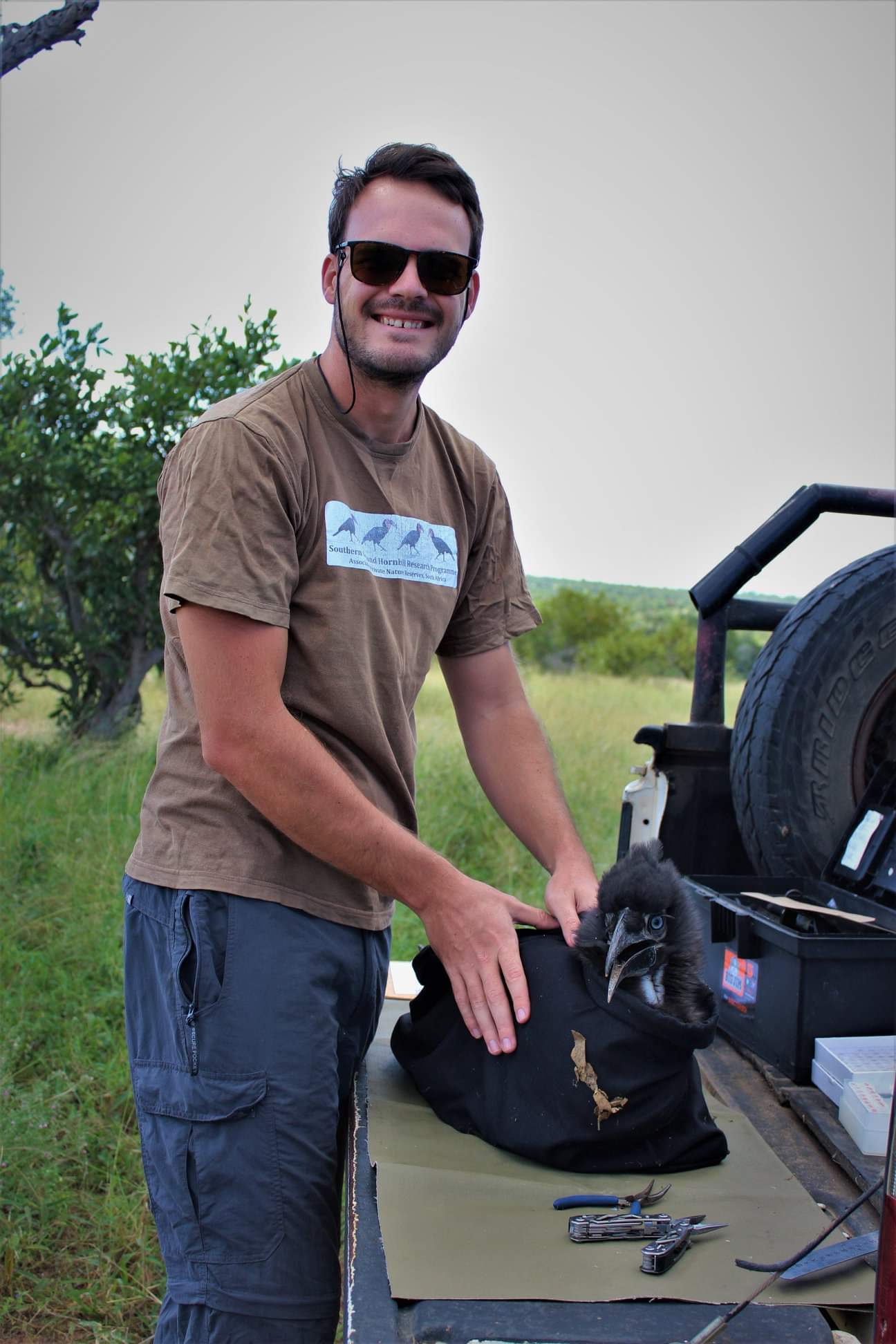
Kyle-Mark Middleton (almost Dr.)
I always possessed a passion for nature and the move to a wilderness area led me to pursue a career in conservation. I completed my BSc Honours degree in environmental analysis and management, after which, I spent the next two years working in Klaserie Private Nature Reserve. I joined the FitzPatrick Institute of African Ornithology’s research and conservation project on Southern Ground-Hornbills in 2016. I went on to complete a PhD on the social structures and individual contributions towards reproduction and territory defence in Southern Ground-Hornbills. I hope that I can use my intimate knowledge of the species to help contribute towards their conservation on a larger scale.
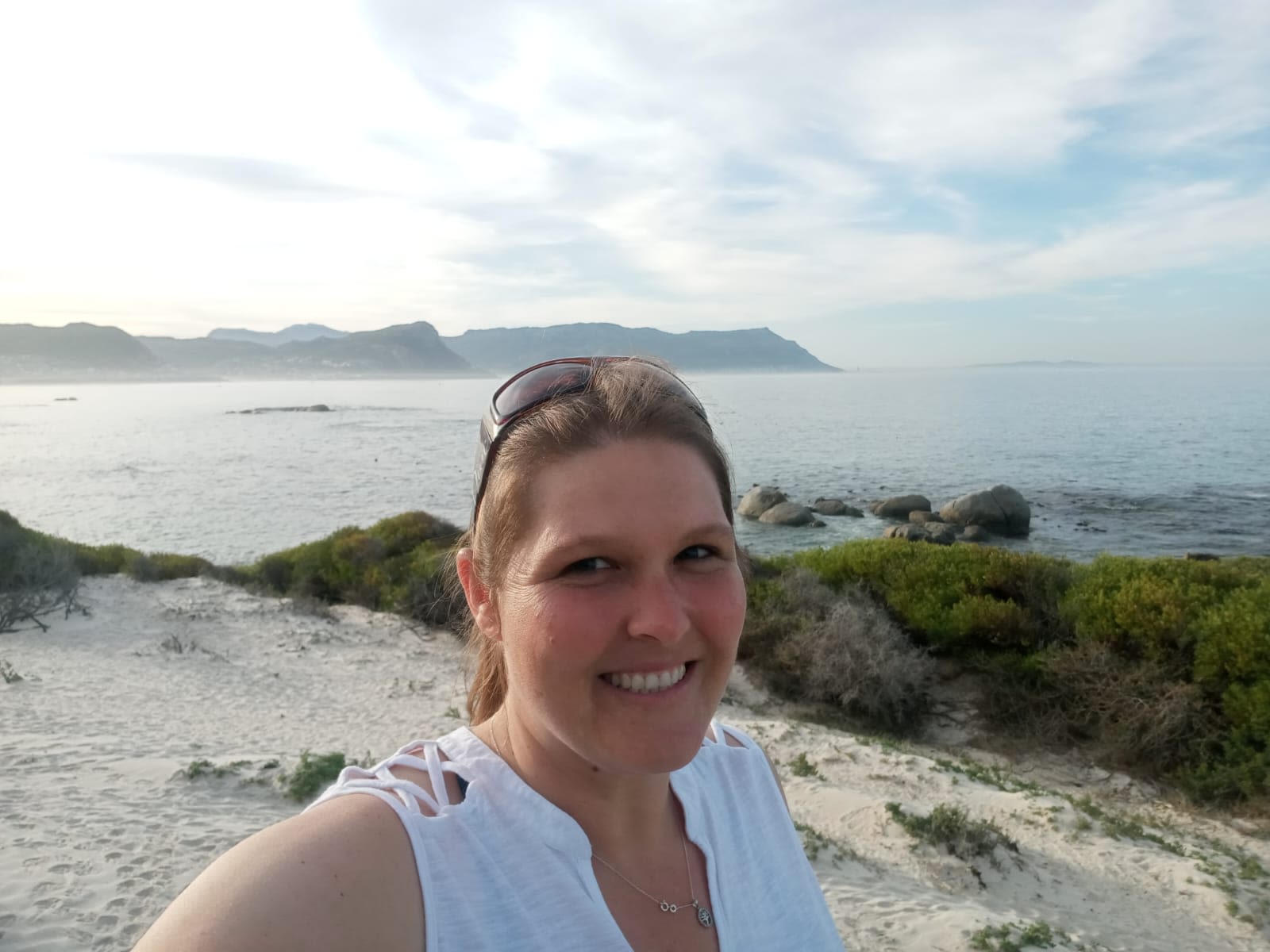
Elaine Reeve
Before joining the MGHP I spent the last 15 years employed in zoos in SA, both government and private. I've been privileged to have worked with a very wide range of species but my focus has been mainly on birds for the past 12 years. I have a BSc Honours in Zoology as well as a BSc Honors in Environmental Management and have enrolled to start studying towards a Diploma in Vet Tech. I have hand-reared ground-hornbills in the past and they have always been in a class of their own! I am excited to once again face this challenge and hope I can make a difference to this iconic species.
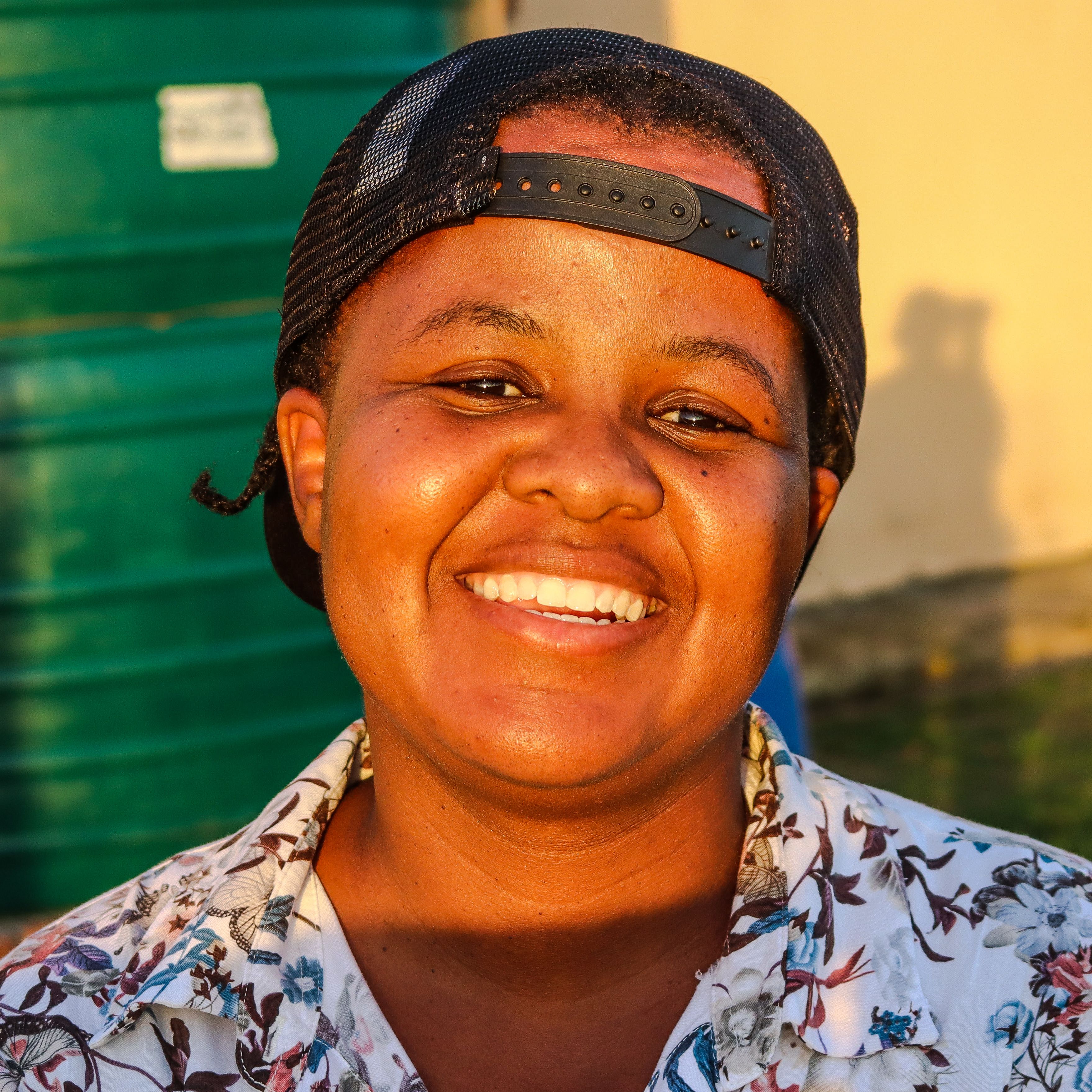
Sandiswa Kula
I grew up in the village, with grandparents who loved the outdoors. There isn’t one memory of growing up that doesn’t include me shadowing my grandfather (either at home with the chickens or out in the field with our livestock). That was all amazing until I got introduced to plants whilst working at a Botanical Garden as part of my Nature Conservation studies. There I thought I’d found the passion that would keep me sane and sated for eternity. That was before birds and bird photography took over my entire existence. I still remember the first photograph I took of each and every bird I’ve ever photographed. Then came the need to ID each one. Then came my need to know the isiXhosa names for each bird. Then came my need to document each story behind the bird. It is similar to most stories of how we all became so enamoured with these beauties.
This project is an absolute dream – amazing work in the conservation of the Southern Ground Hornbill; the outdoors; and hopefully I’ll get a chance to finally photograph this bird after almost a year of trying with no success. I’m looking forward to sharing my passion for the environment, learning new skills and playing a role in whatever capacity I'm able to.
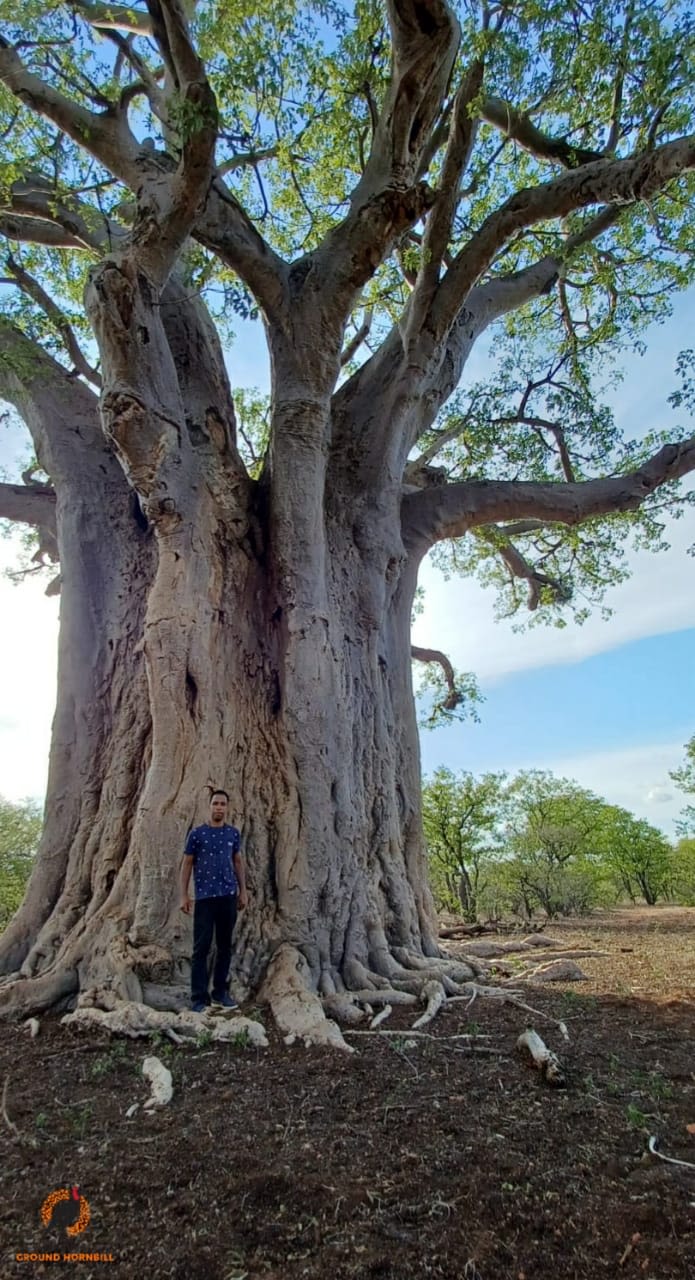
Lerato Mahleala
I grew up in a village, with my grandmother who loved to use her hands to do everything. I also love to do everything with my hands because it’s my passion to do good things. I started work in retail, then later moved to Mabula Game Reserve, where I worked on the Ecology Team, where my hands and brain could cooperate in order to do good work. Something I always wanted. I am the type of person who likes to work hard until I get what I want in my life. For me to join MGHP I want to add more effort with my skills, my drive to succeed and the overall success of this project. I would like to learn other different skills, and am looking forward to do good work and for a brighter future to come.
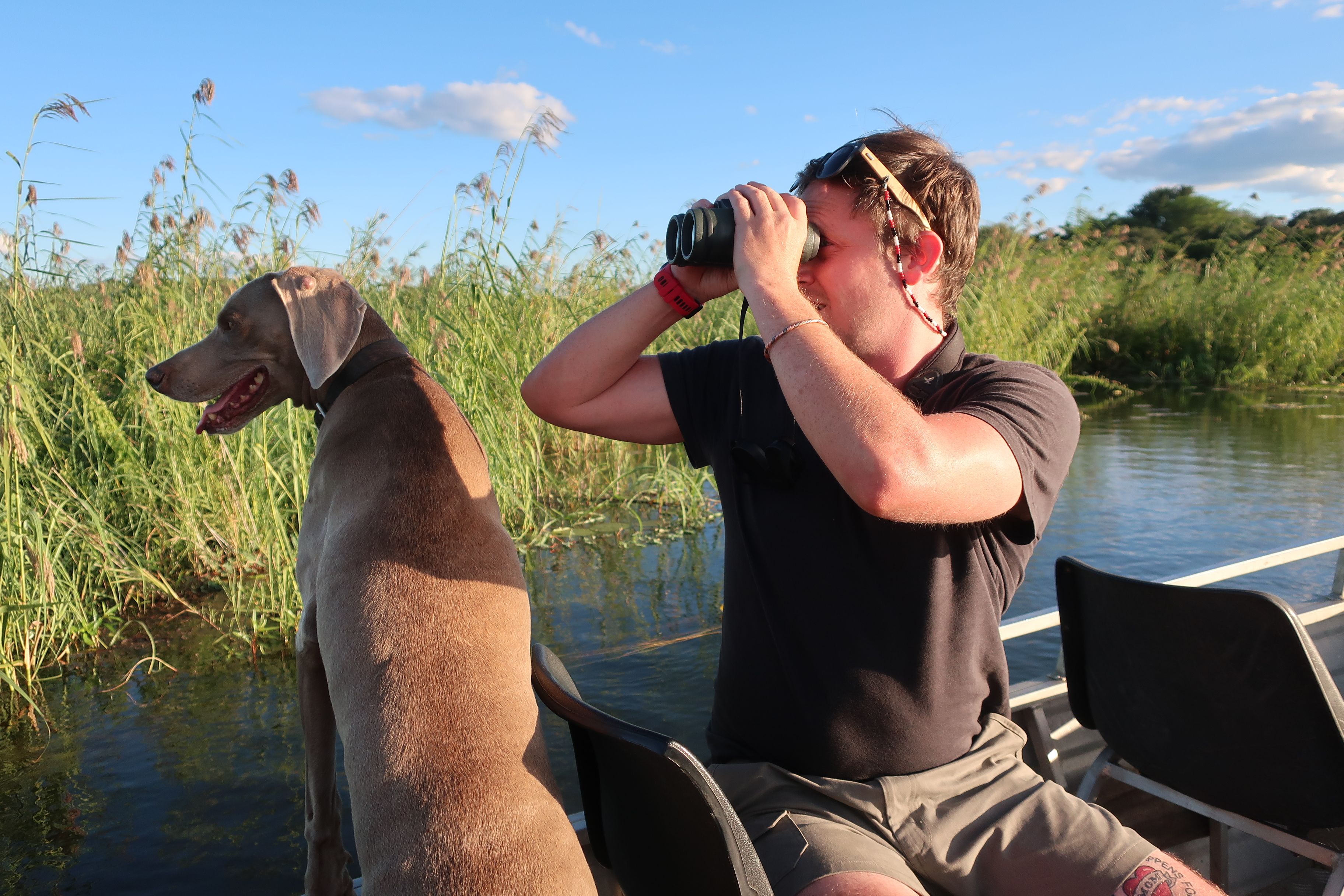
Jarryd enjoying the birding on the Cubango River.
Jarryd enjoying the birding on the Cubango River.
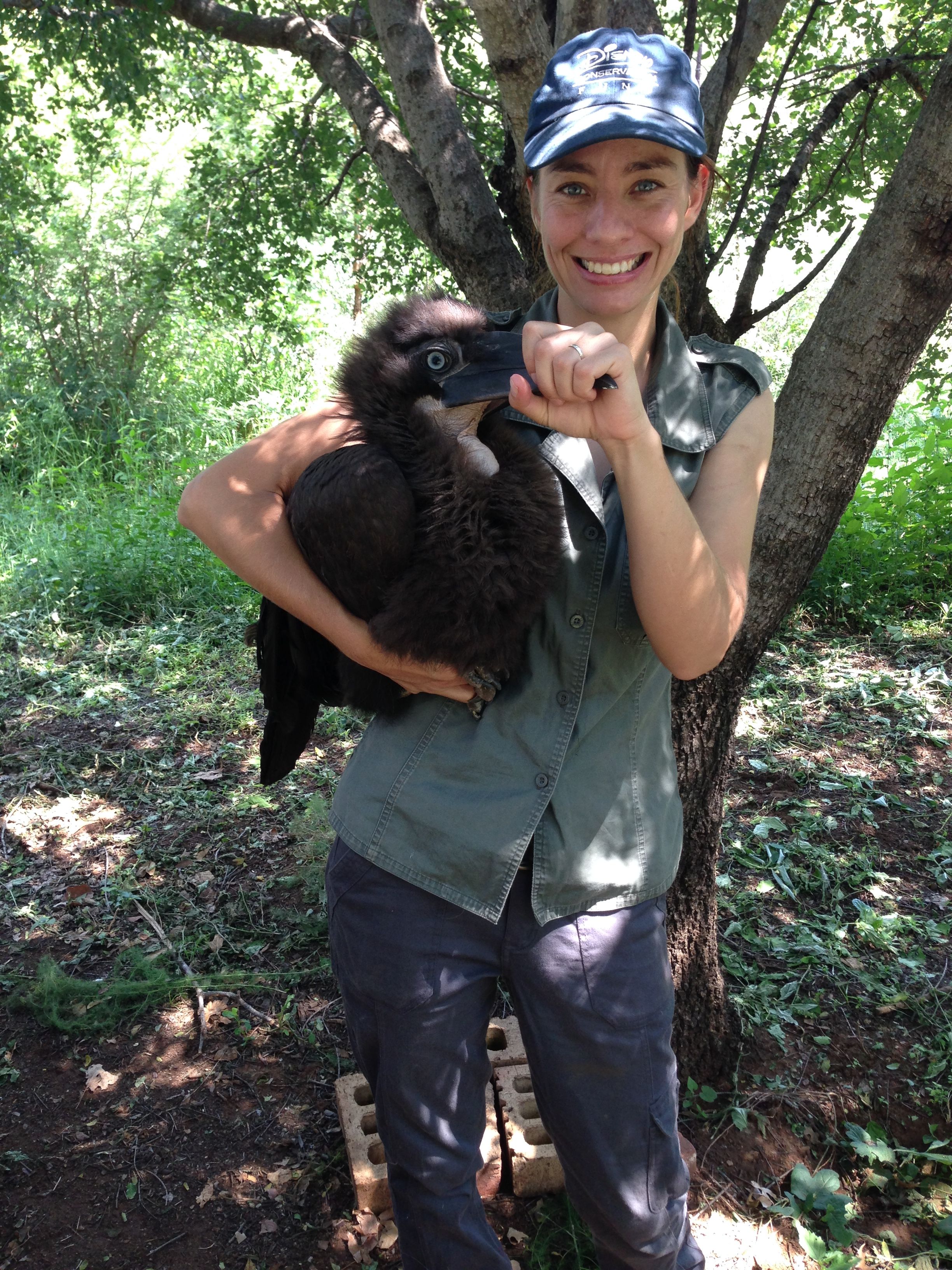
Sad farewells
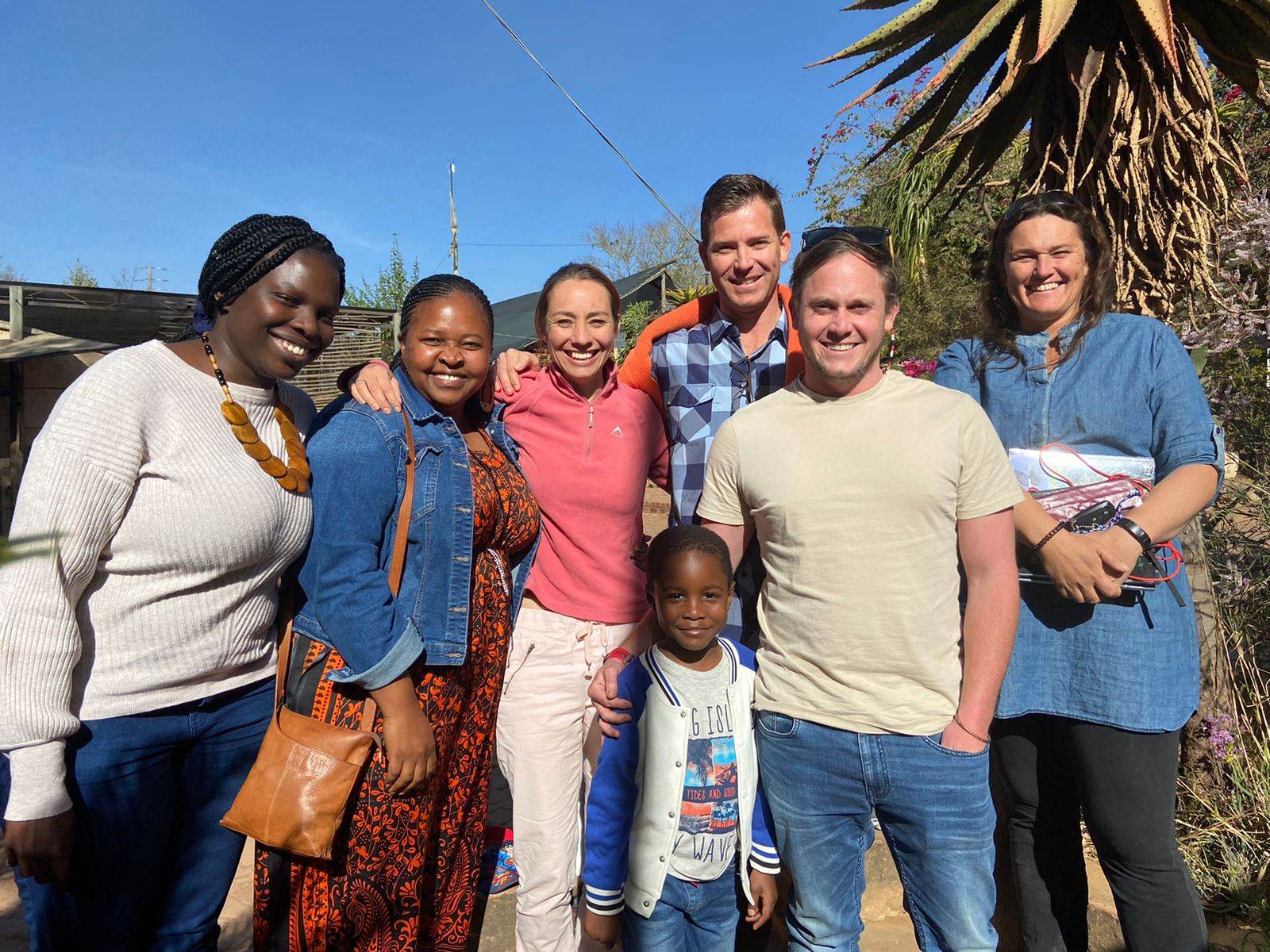
We are bidding a very fond farewell to a few team members. Mapula Mokwele, Dr Jarryd Alexander and Natasha Nel moved on to new adventures in environmental education, ecology and wind farms and veterinary nursing respectively. We are excited for them to continue their careers and incredibly grateful for their time, dedication and passion for conserving the thunder birds while they were part of the MGHP team.
Conservation Planning for the ground-hornbills of Botswana
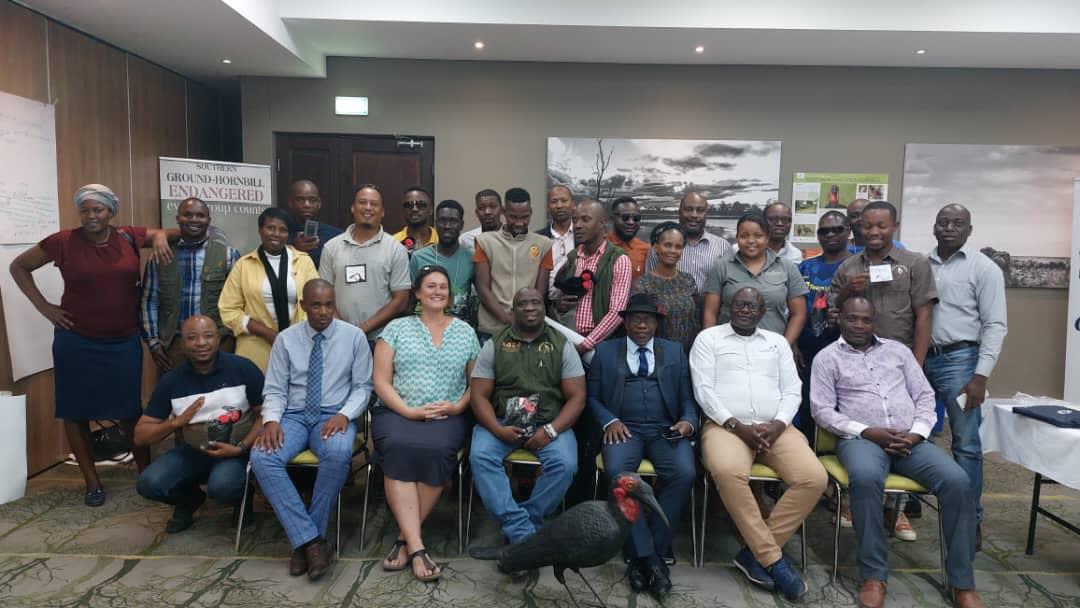



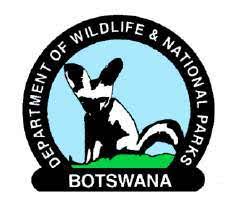
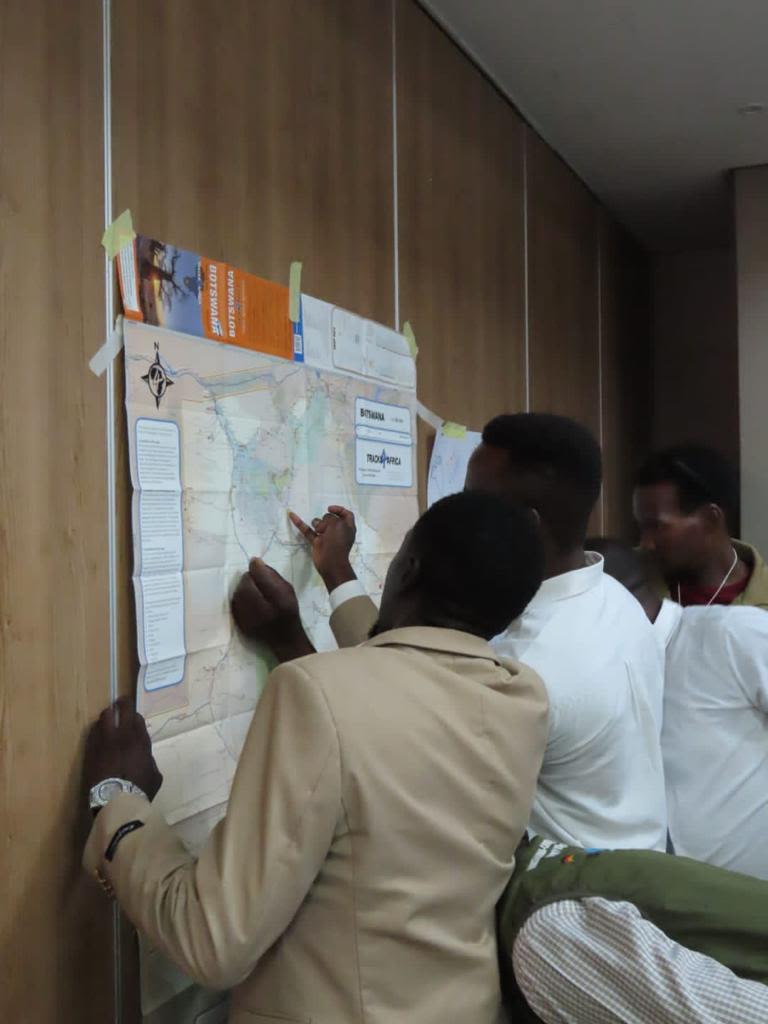
Spatial analysis of current distribution.
Spatial analysis of current distribution.
This IUCN SSC Conservation Planning Specialist Group-led workshop was co-hosted by BirdLife Botswana and the Department of Wildlife & National Parks.
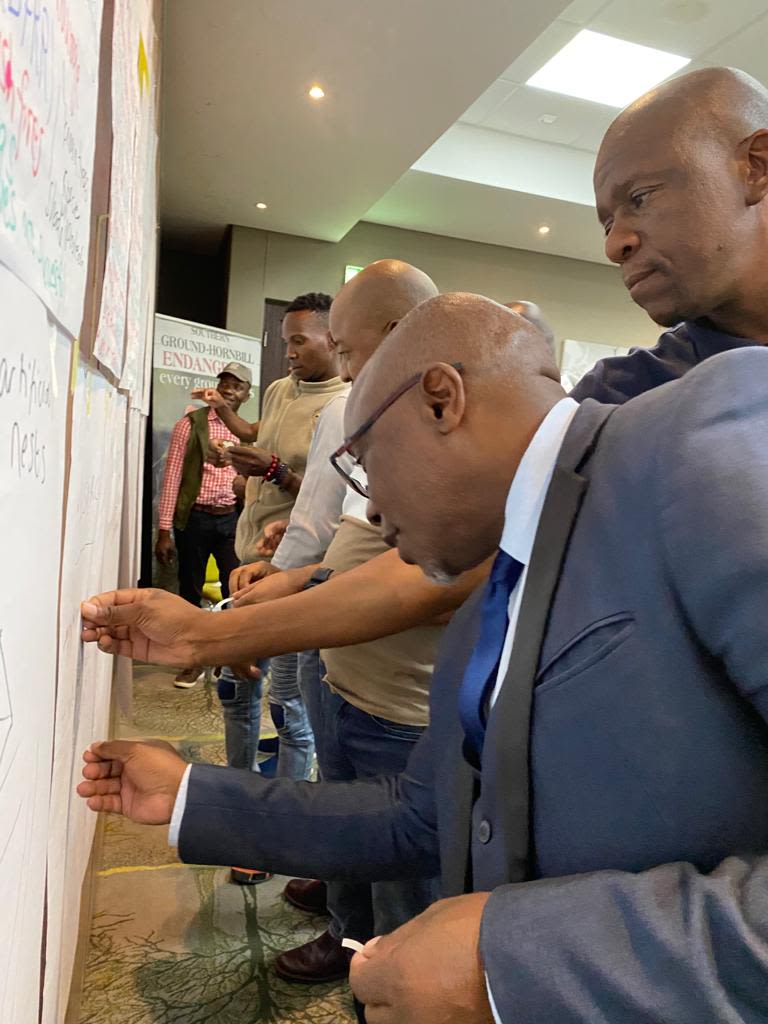
Key to this workshop was the inclusion of community leaders.
Key to this workshop was the inclusion of community leaders.
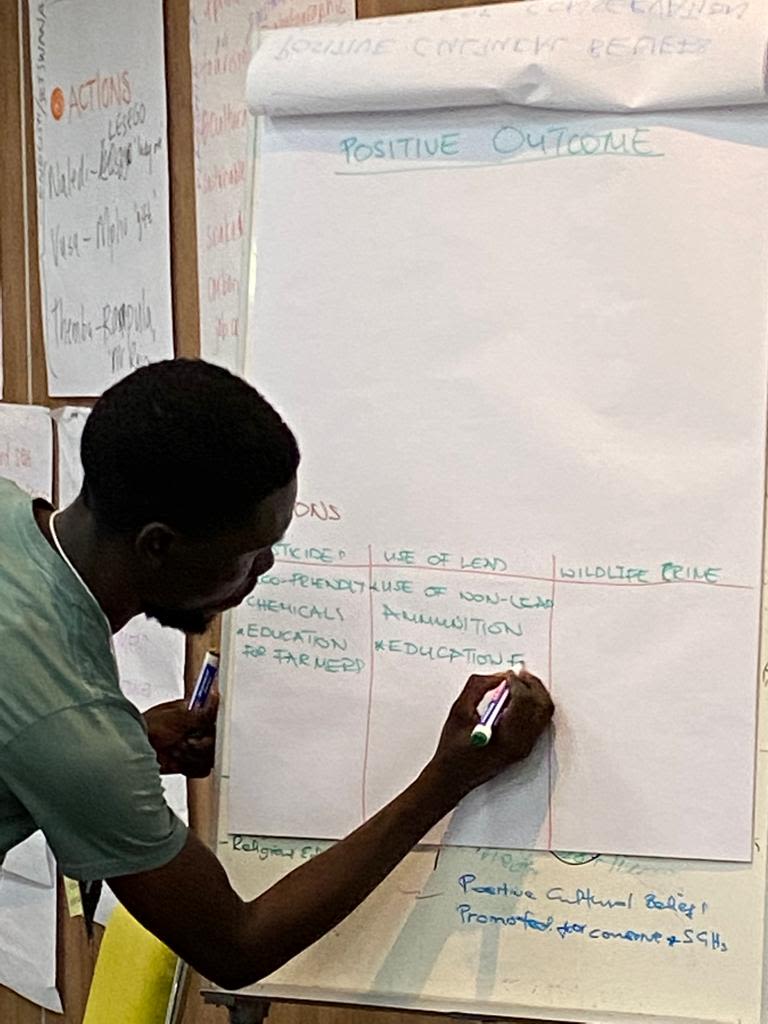
Groups worked through each known threat in the Botswanan context and then together decided on achievable ways to turn things around.
Groups worked through each known threat in the Botswanan context and then together decided on achievable ways to turn things around.
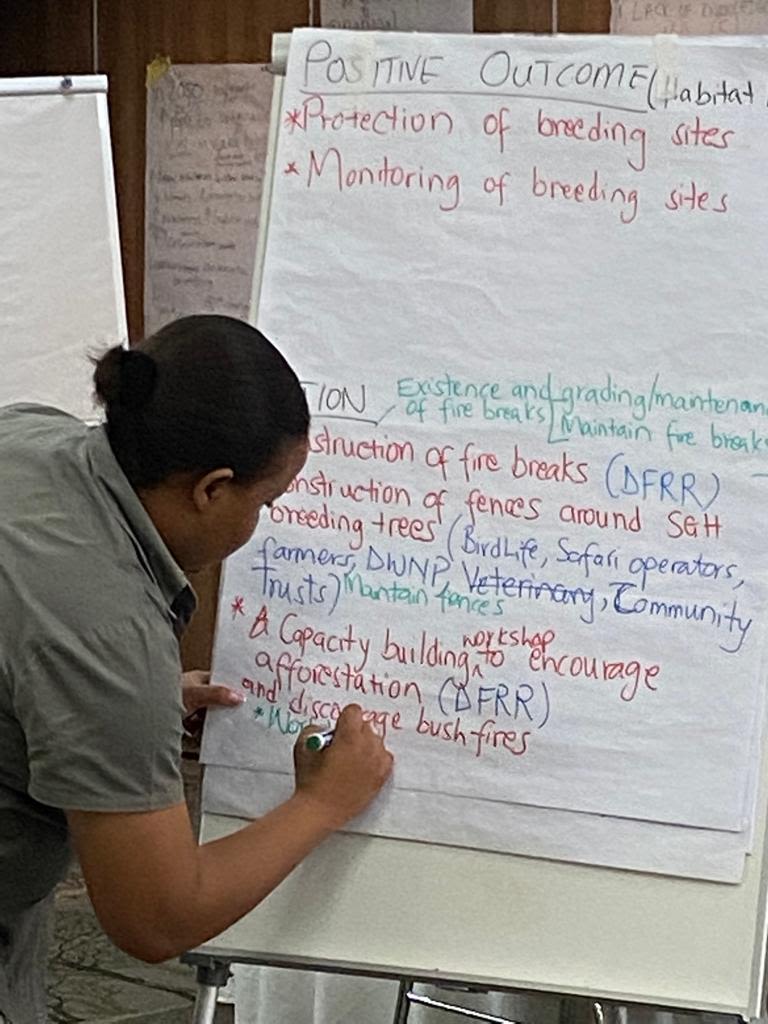
Each group then presented their work to plenary so all participants had a chance to comment or add.
Each group then presented their work to plenary so all participants had a chance to comment or add.
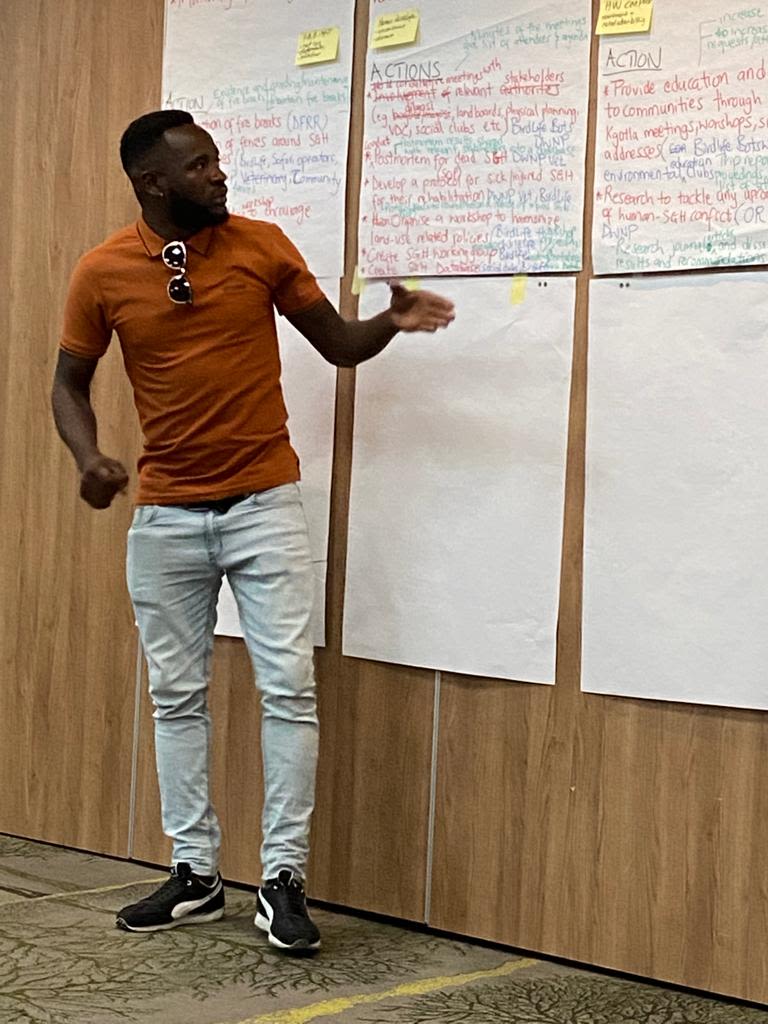
Through this process, we achieved a conservation plan that everyone fully understood and fully backed by all. These participants worked extremely hard on this and we look forward to getting the final draft to them soonest for review.
Through this process, we achieved a conservation plan that everyone fully understood and fully backed by all. These participants worked extremely hard on this and we look forward to getting the final draft to them soonest for review.
15th Pan-African Ornithological Conference, Victoria Falls, Zimbabwe
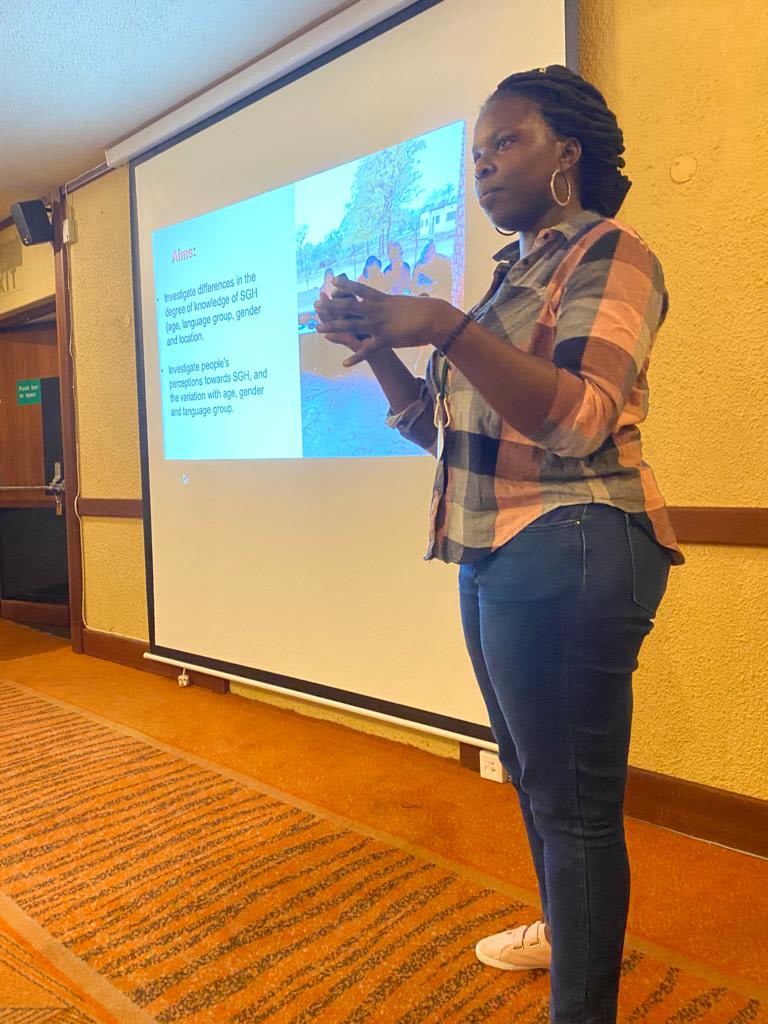
Patience Shito presenting her MSc data.
Patience Shito presenting her MSc data.
At this exceptionally well-organised conference (BirdLife Zimbabwe - you are amazing) we hosted a symposium to highlight the plight of African hornbill species in general, and our speakers had a jam-packed room. Thank you to the wonderful speakers from across the continent. After years of Zoom conferences, it was wonderful to reconnect with colleagues to really catch up, network with purpose and dance!
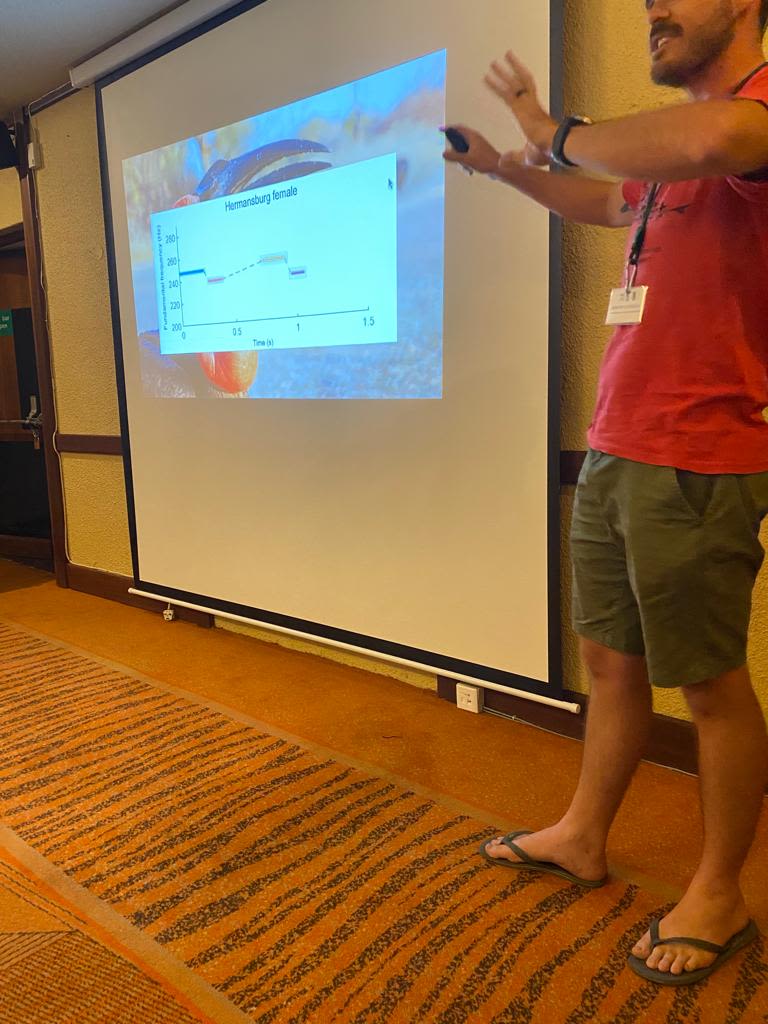
Kyle-Mark Middleton presenting his excellent PhD work.
Kyle-Mark Middleton presenting his excellent PhD work.
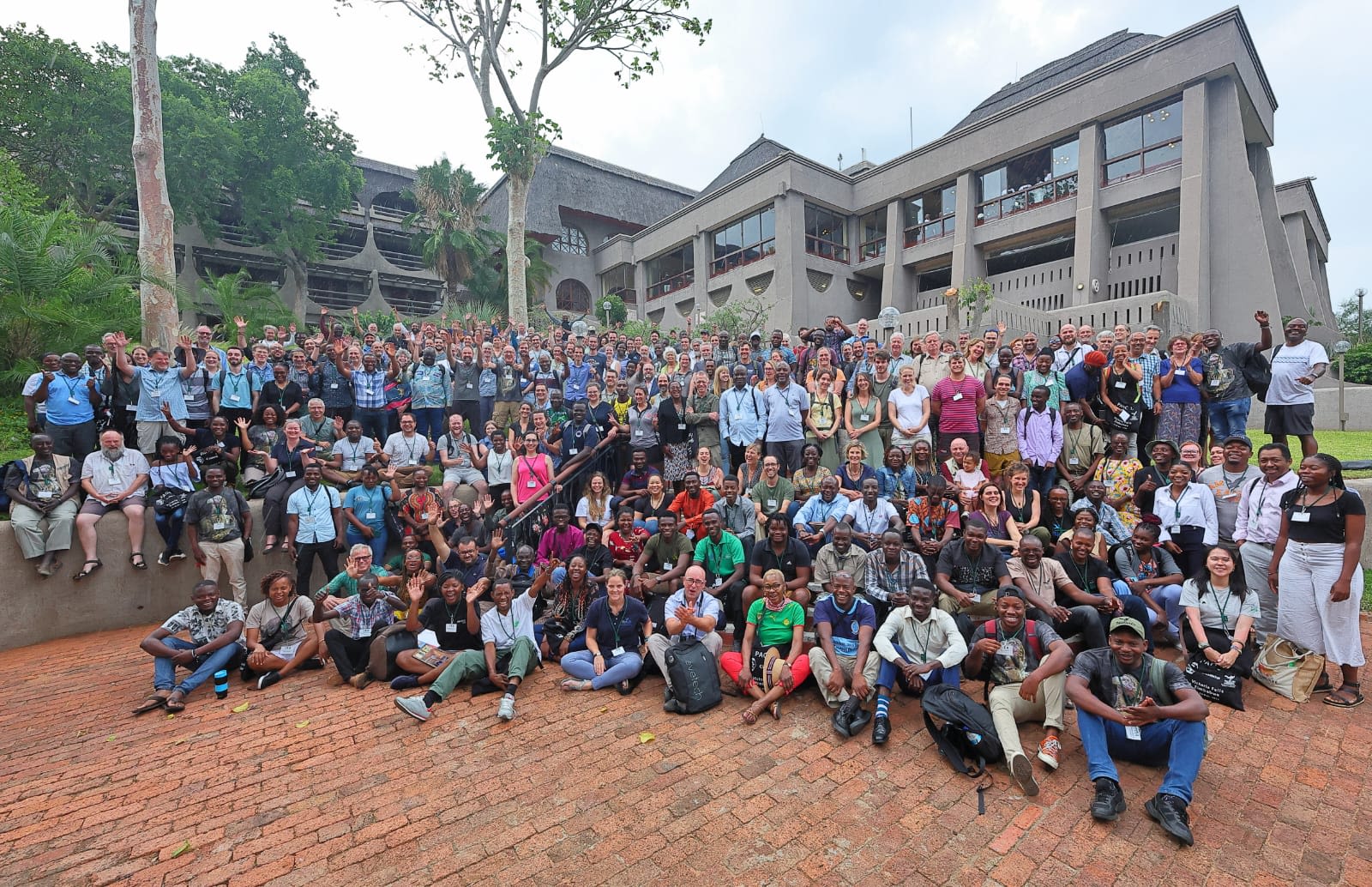




Notes from the field
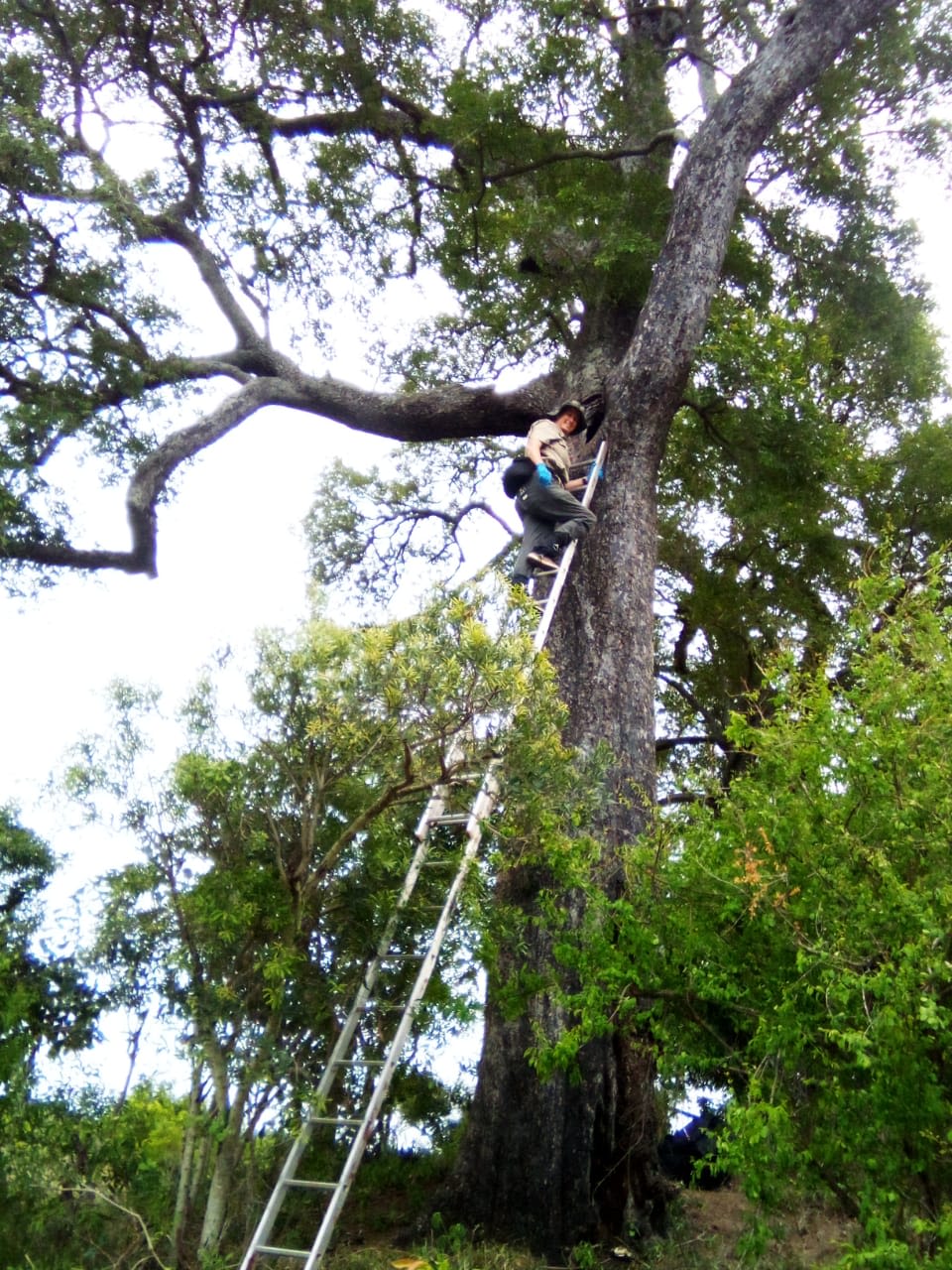
Checking nests - but why?
We conduct these nests checks (with very strict protocols to ensure we protect the breeding group) fo various reasons:
1. Is the nest active? Has the group decided to breed?
2. Are the eggs laid viable? What was they lay date (using candling techniques)? If we we are harvesting for reintroductions, when will the 2nd laid egg hatch?
3. Has the chick fledged successfully or if not - what was the cause? Predation? Drowning? Deformity?
4. How sustainable is the nest tree? Any elephant/ fungus/ invertebrate/ wind/ fire damage year-to-year?
5. Does the natural/ artificial nest need any maintenance to support a successful fledging?
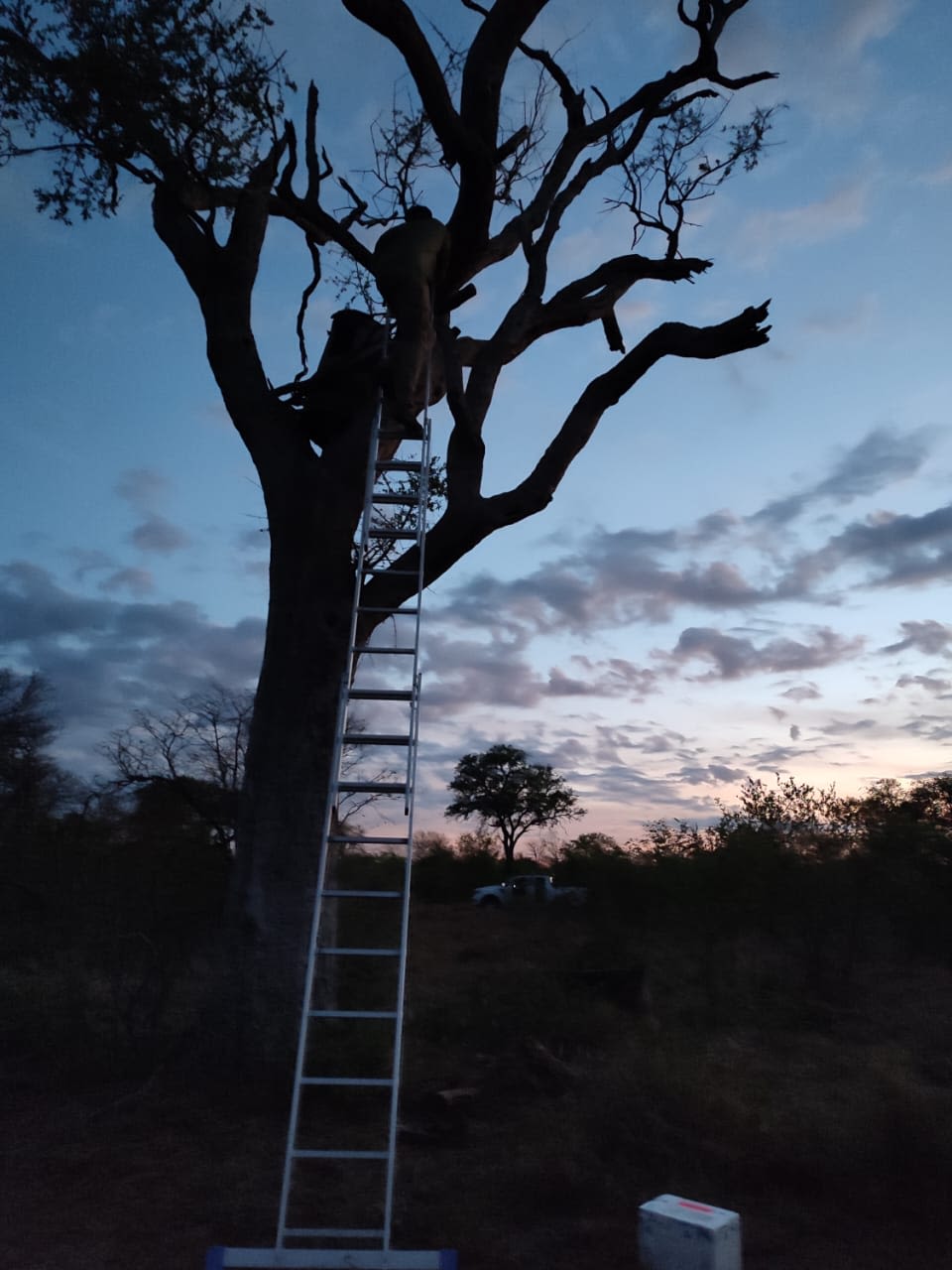
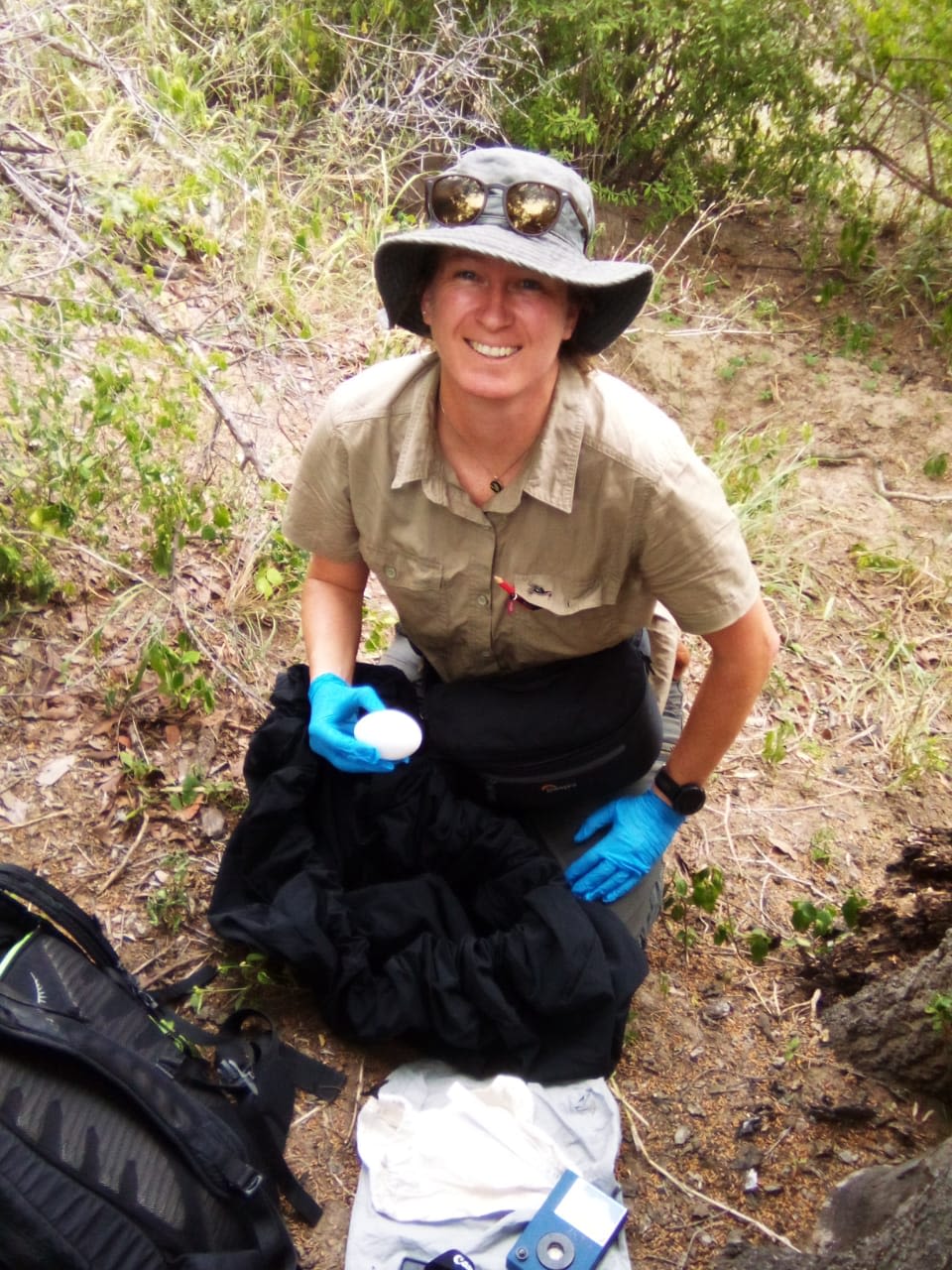
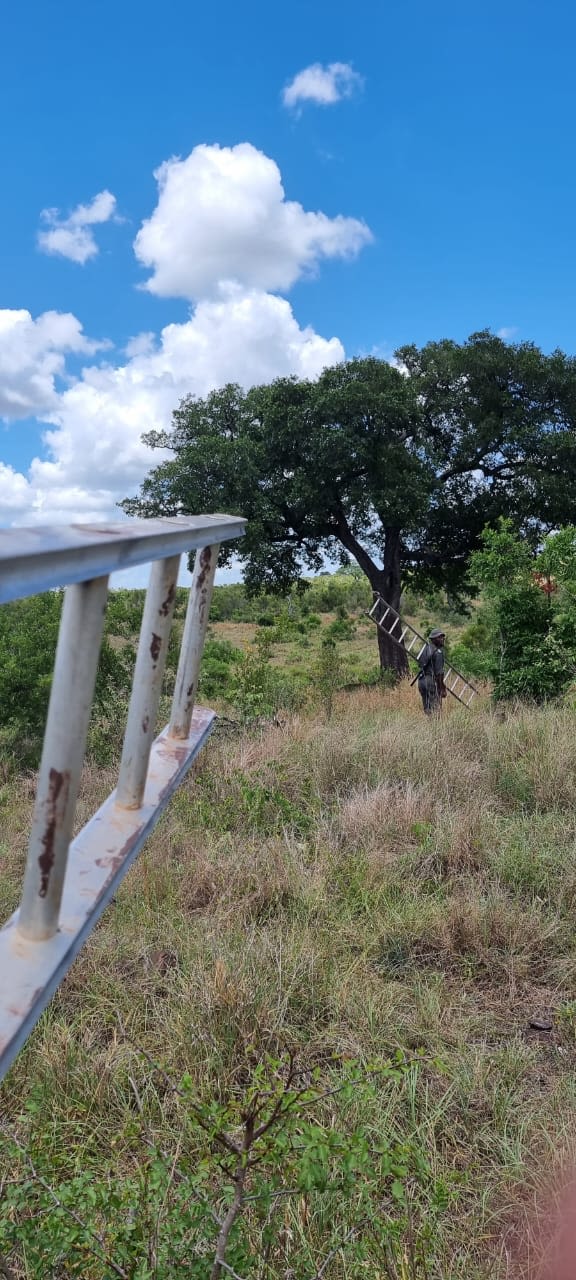
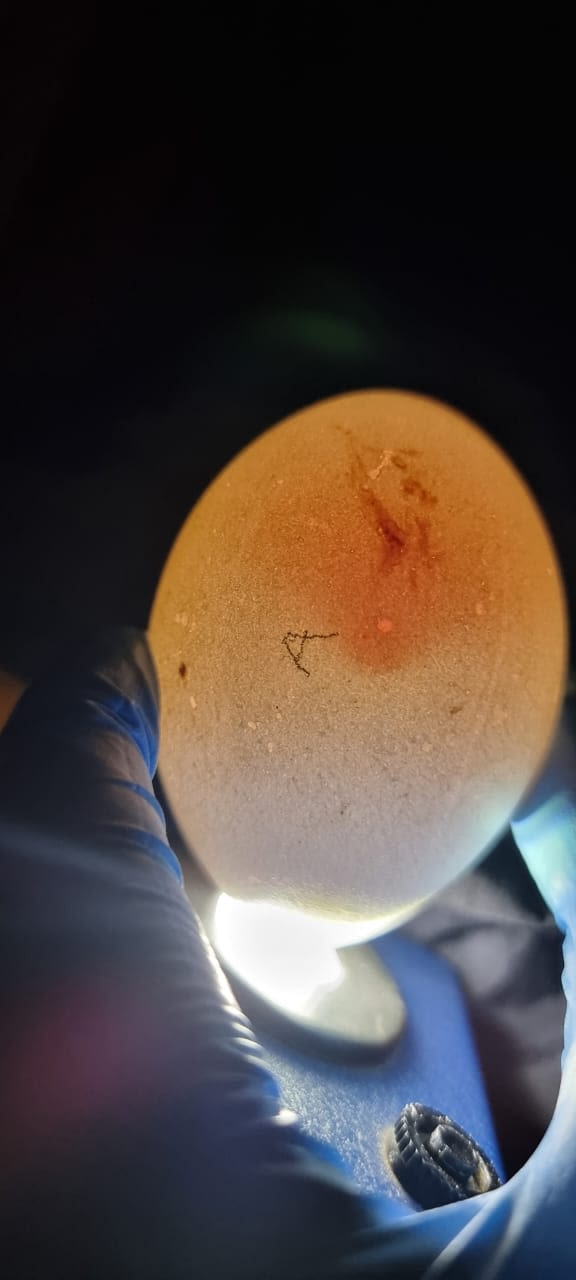
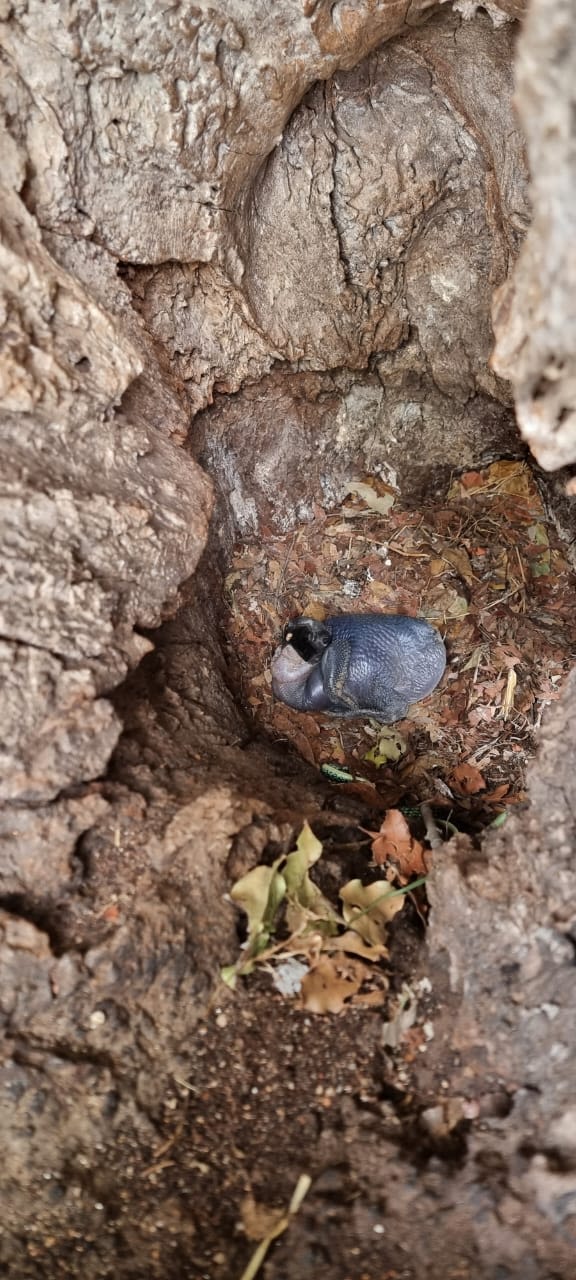
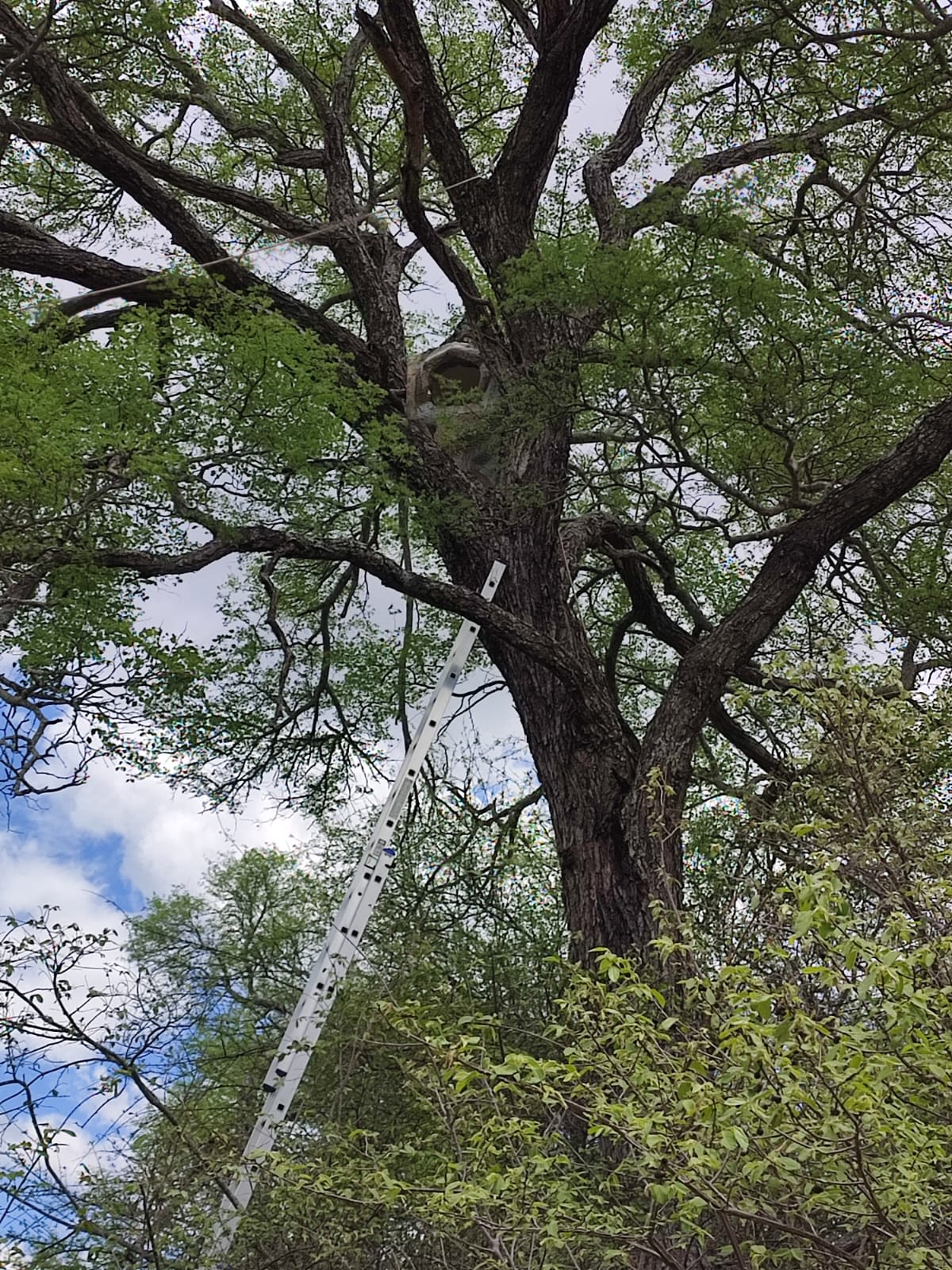

Checking nests at first light to avoid too much disturbance to the female.
Checking nests at first light to avoid too much disturbance to the female.

Dr Lisa Nupen, on loan to us for a few months, loving that Lowveld summer heat when you need to candle an egg in a black hood.
Dr Lisa Nupen, on loan to us for a few months, loving that Lowveld summer heat when you need to candle an egg in a black hood.

A lot of nest checking requires ladders to be carried through Big 5 country - as we well know, behind every bush is a surprise.
A lot of nest checking requires ladders to be carried through Big 5 country - as we well know, behind every bush is a surprise.

A freshly laid egg seen through the light from our candler.
A freshly laid egg seen through the light from our candler.

Looking more like a bloated tick than the next generation of ground-hornbill this one stares up at the intruder checking the nest.
Looking more like a bloated tick than the next generation of ground-hornbill this one stares up at the intruder checking the nest.

The safest nests seem to be those over 6m high - so our six-meter ladder only just makes it.
The safest nests seem to be those over 6m high - so our six-meter ladder only just makes it.
With the breeding season comes the harvest season where we rescue the second-hatched chicks, that would naturally die in the nest due to obligate brood reduction, and give them a second chance at the Baobab Conservation Rearing Centre at Loskop Dam Nature Reserve, an MGHP-MTPA Alliance.
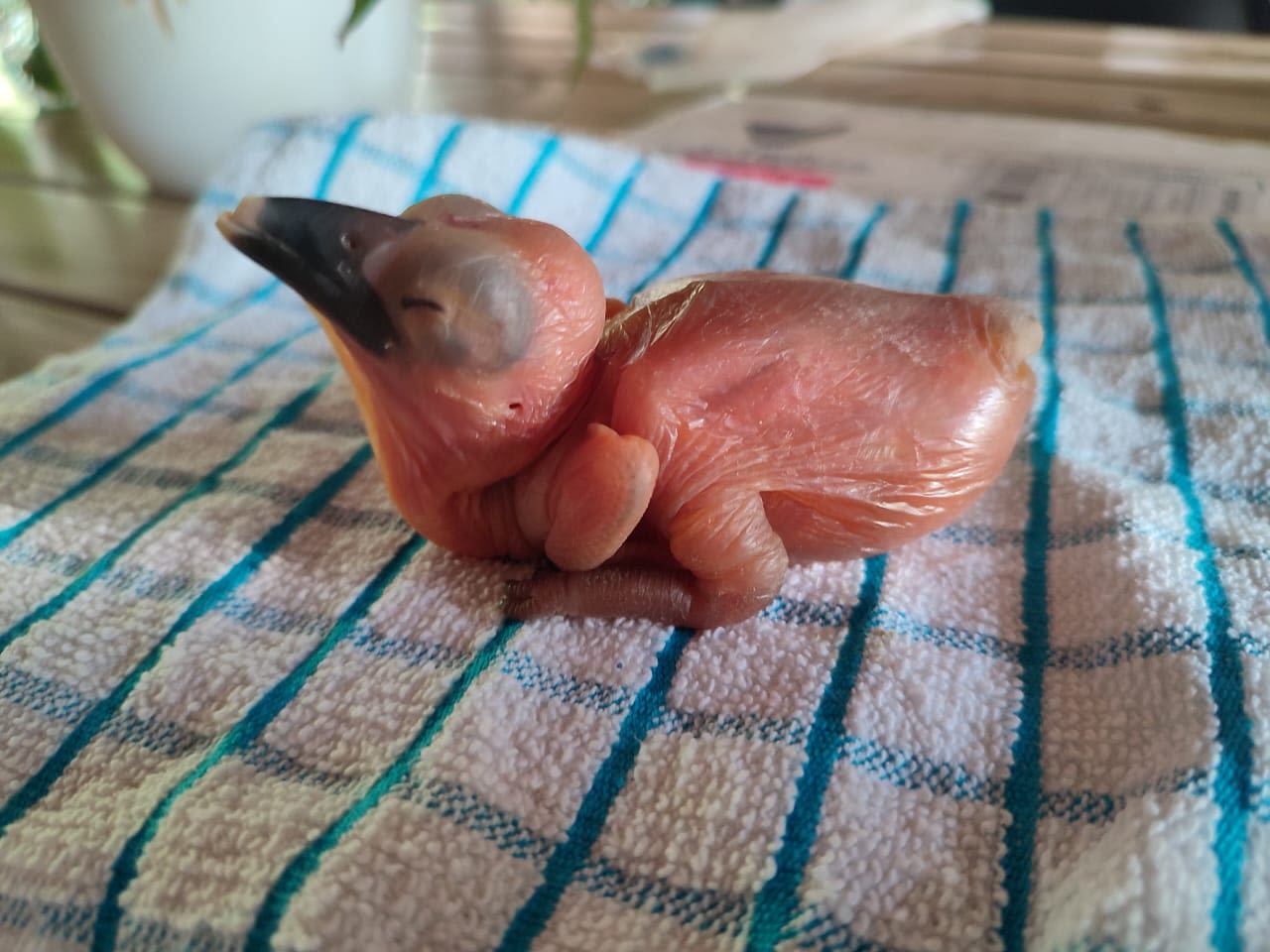
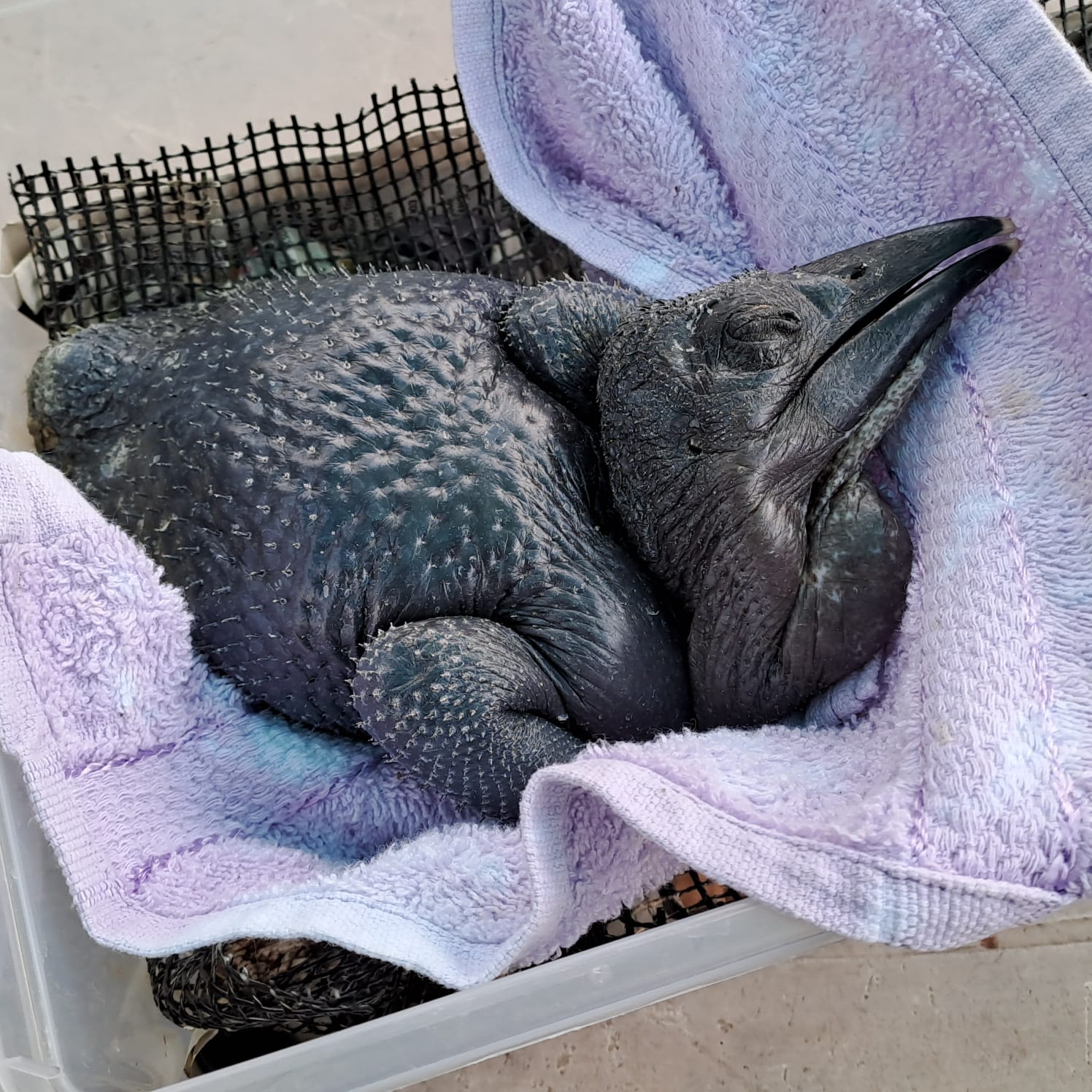
This year was a small harvest but all four chicks are going strong.
Another reintroduction into the Mabula-Marakele Core Focal Area
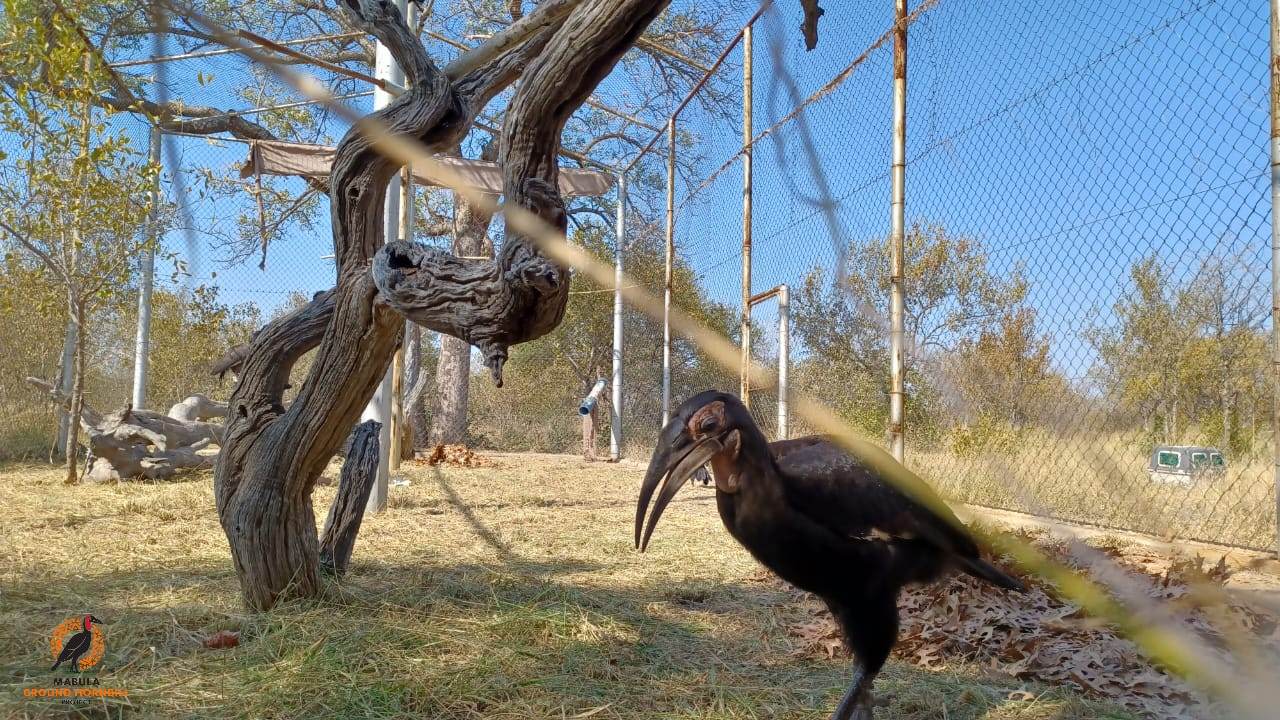
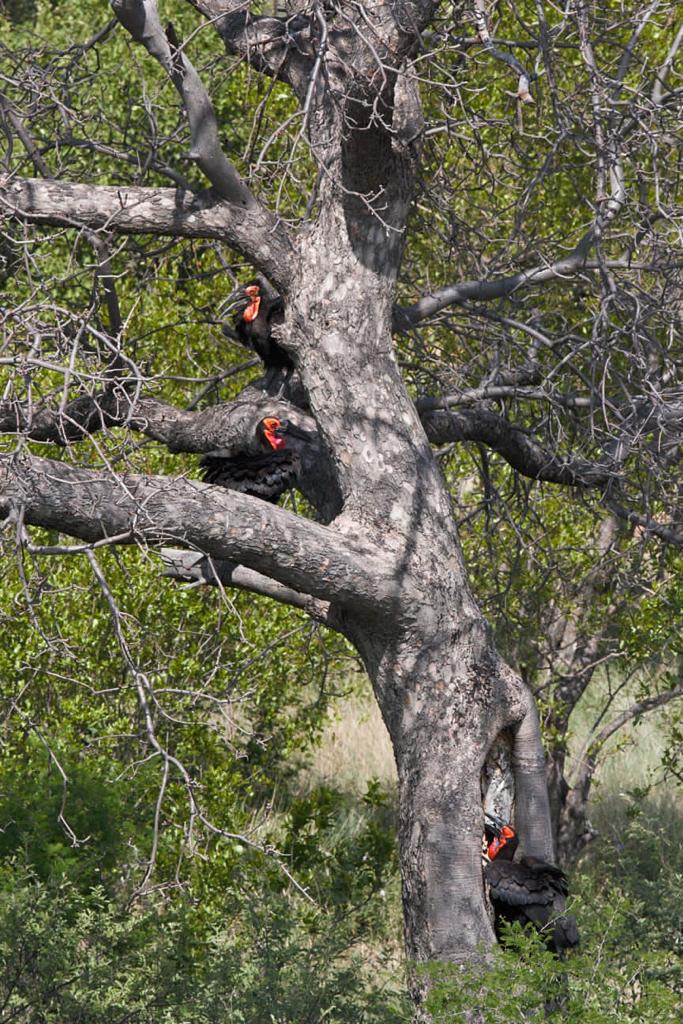
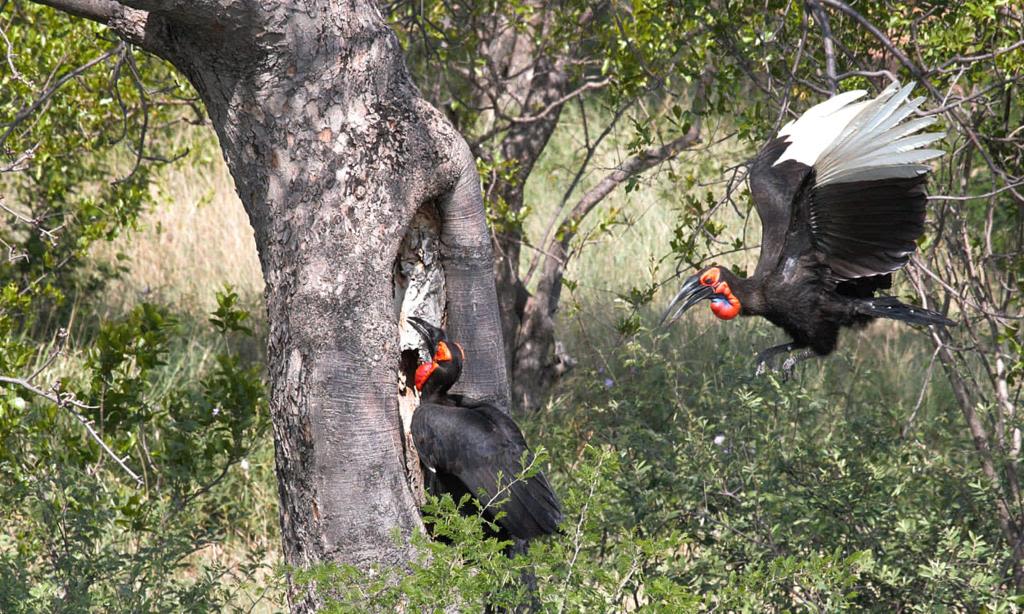
At last - the freedom to fly wild.
At last - the freedom to fly wild.
This group was pre-bonded for seven months prior to release. They have stuck together in the interceding months and are foraging well and spending much time at the artificial nest that we provided for them. Massive thank you to the team doing the monitoring and ensuring that they are settling in well.
Our Champion groups continue to shine!
Thanks to the dedicated supporters of the Southern Ground-hornbill, we've added more people to our Champion groups. Our total sightings have now surpassed 21,500 and they continue to climb. This breeding season, as usual, ground-hornbill activity and sightings increase. By the end of this month we will be able to share the annual report with you once we have had a chance to collate and analyse all your precious data from 2022. This is the final year of 4-year cycle for this monitoring plan and we urge you all to hit it hard this year - we certainly will be. We love your photos especially - it allows us to better understand their habitat usage and it is always just lovely to see them surviving outside of protected areas.
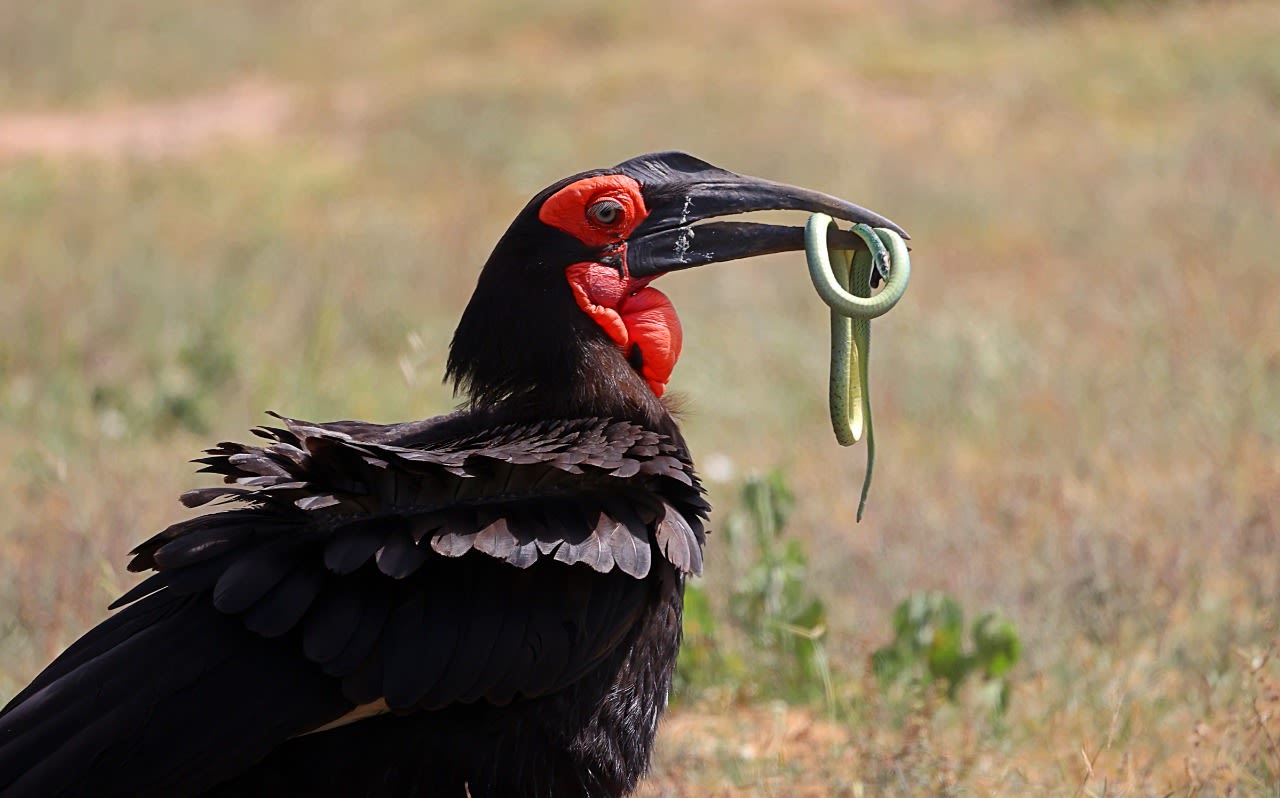
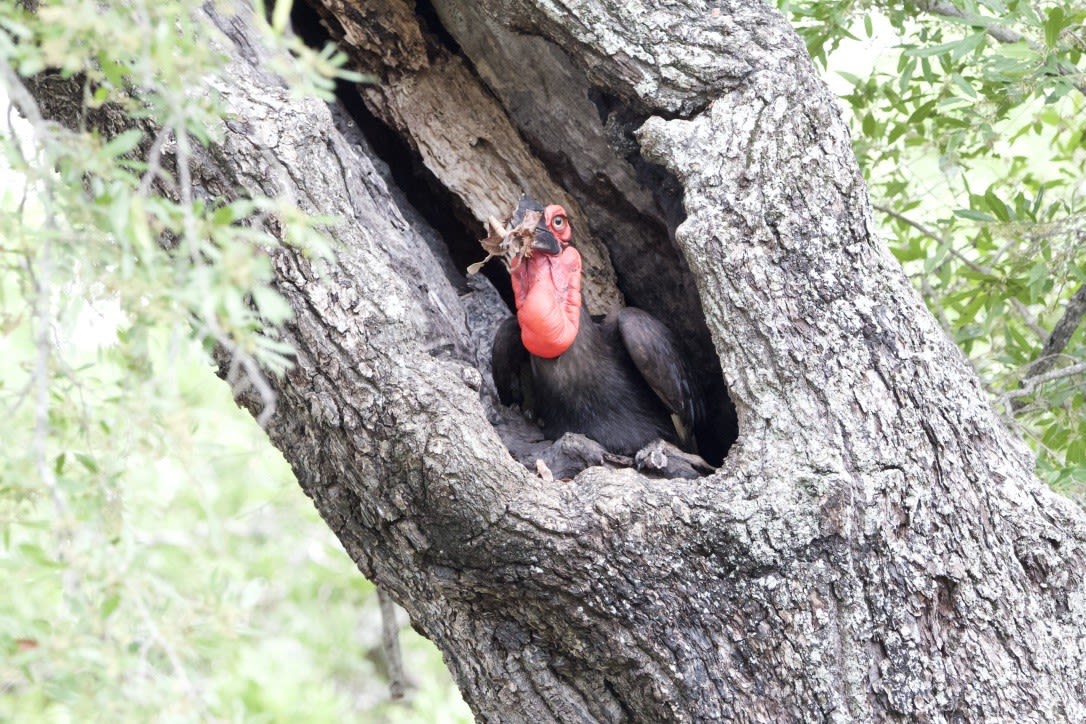
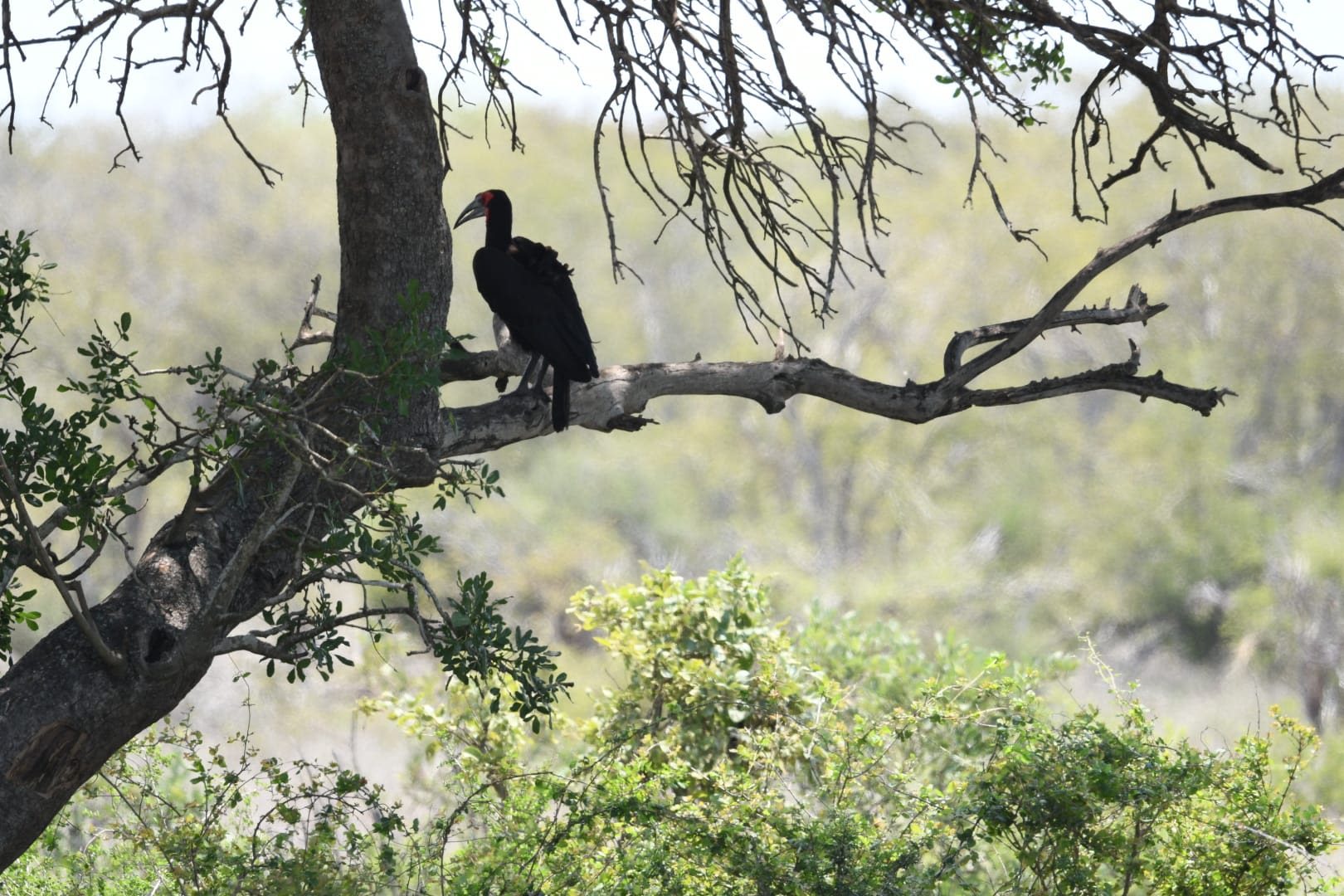
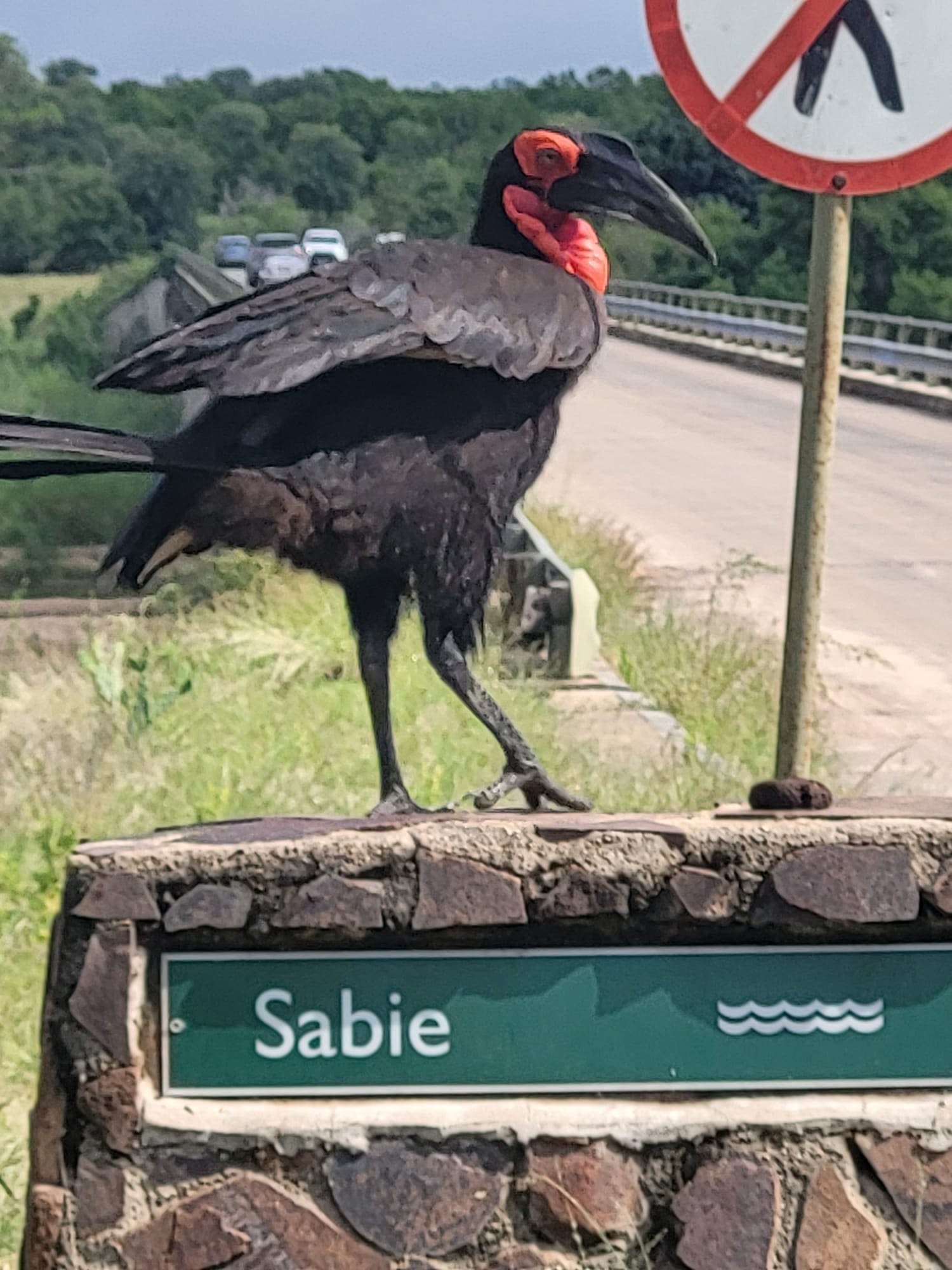
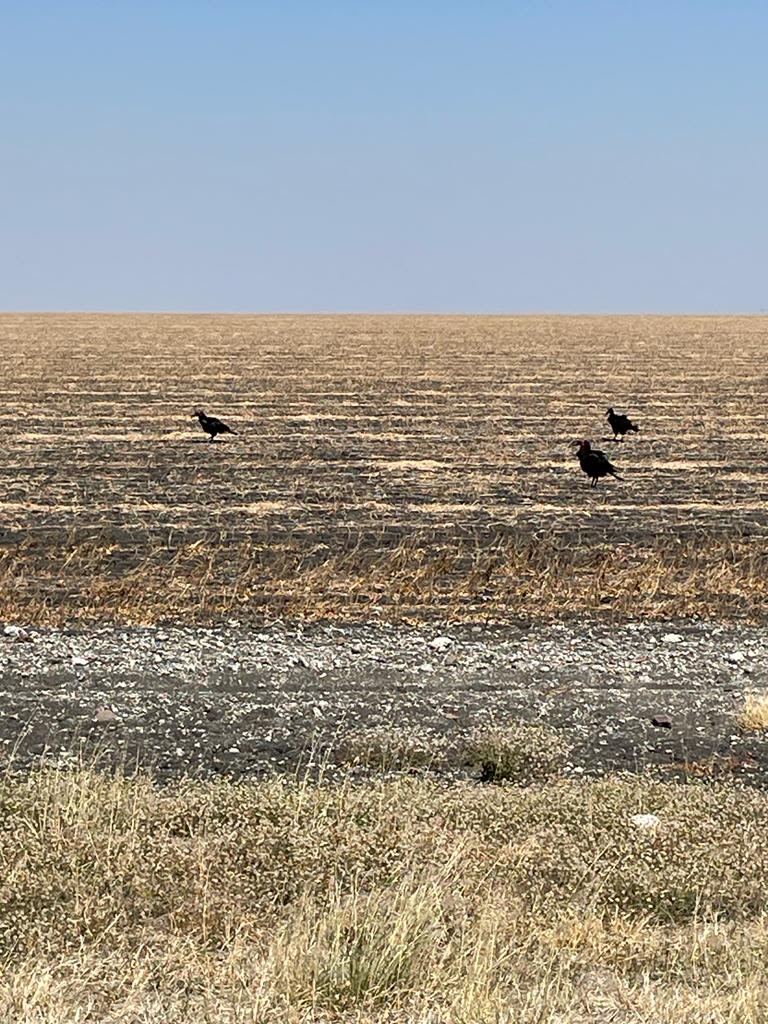
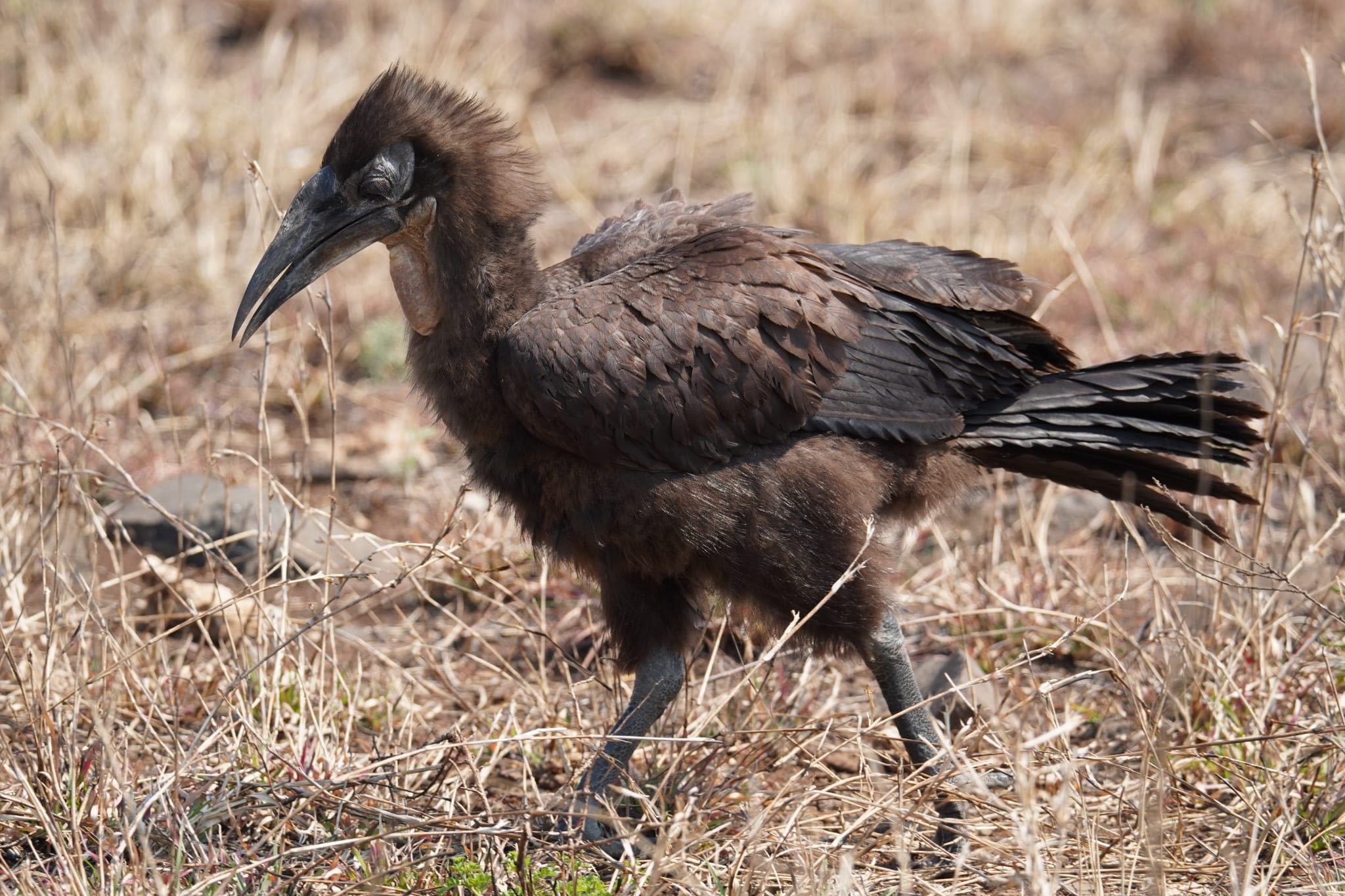
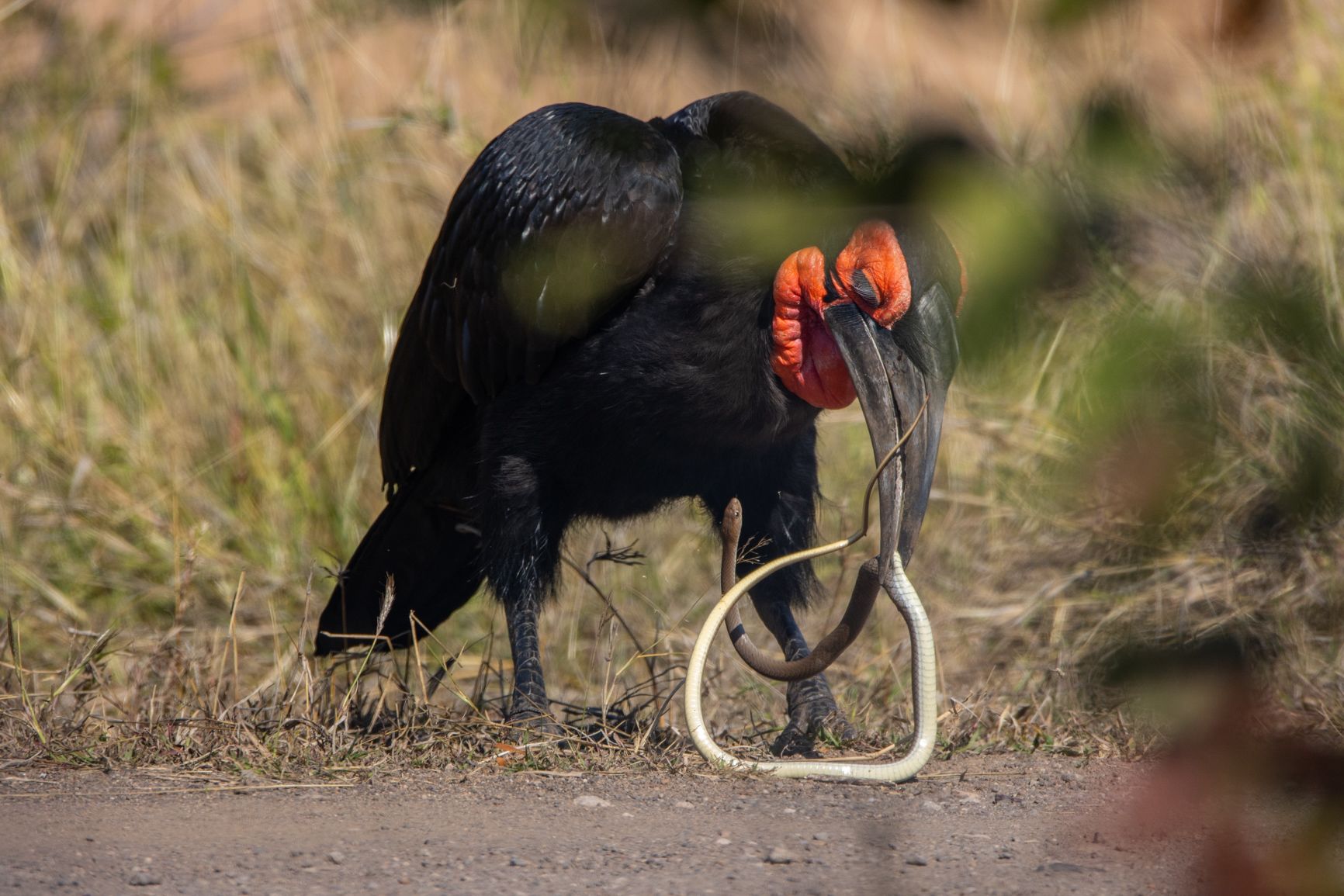
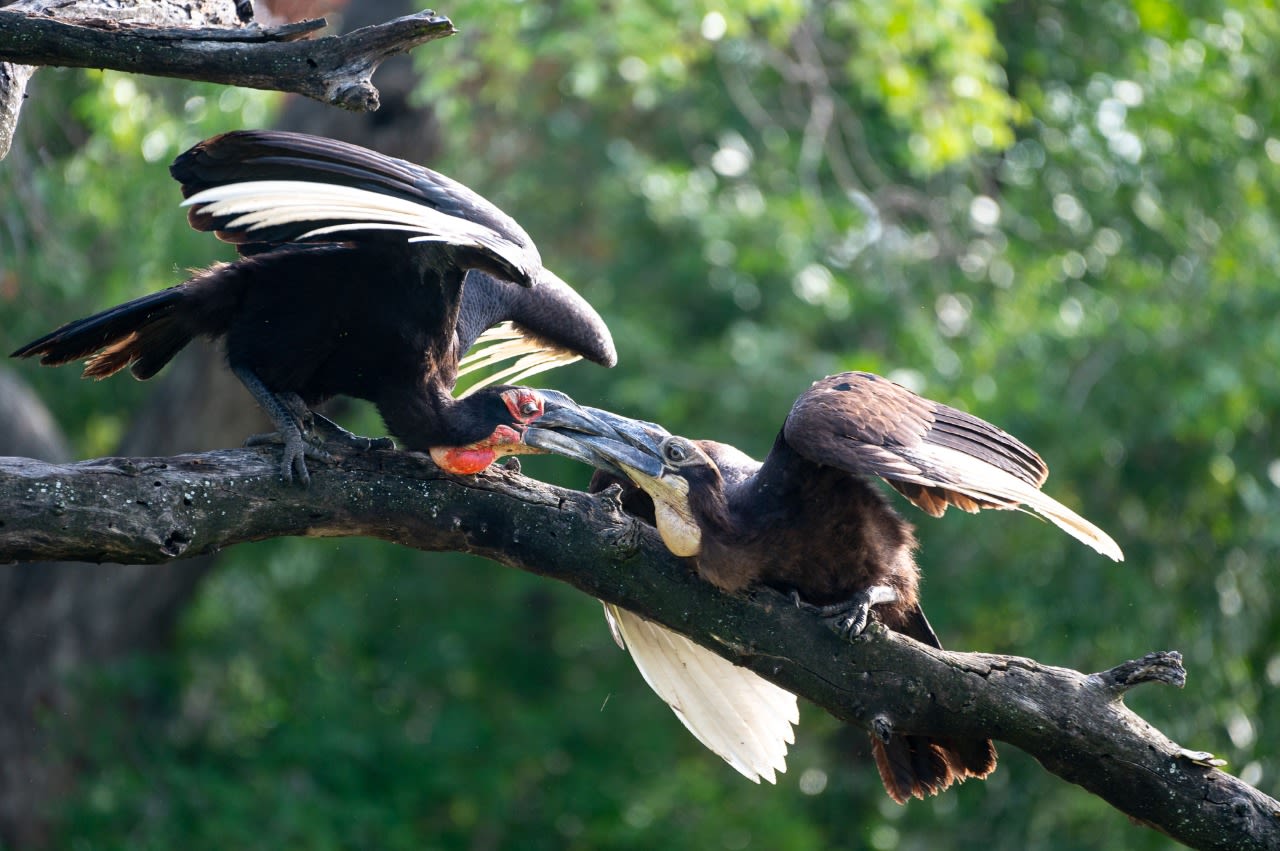
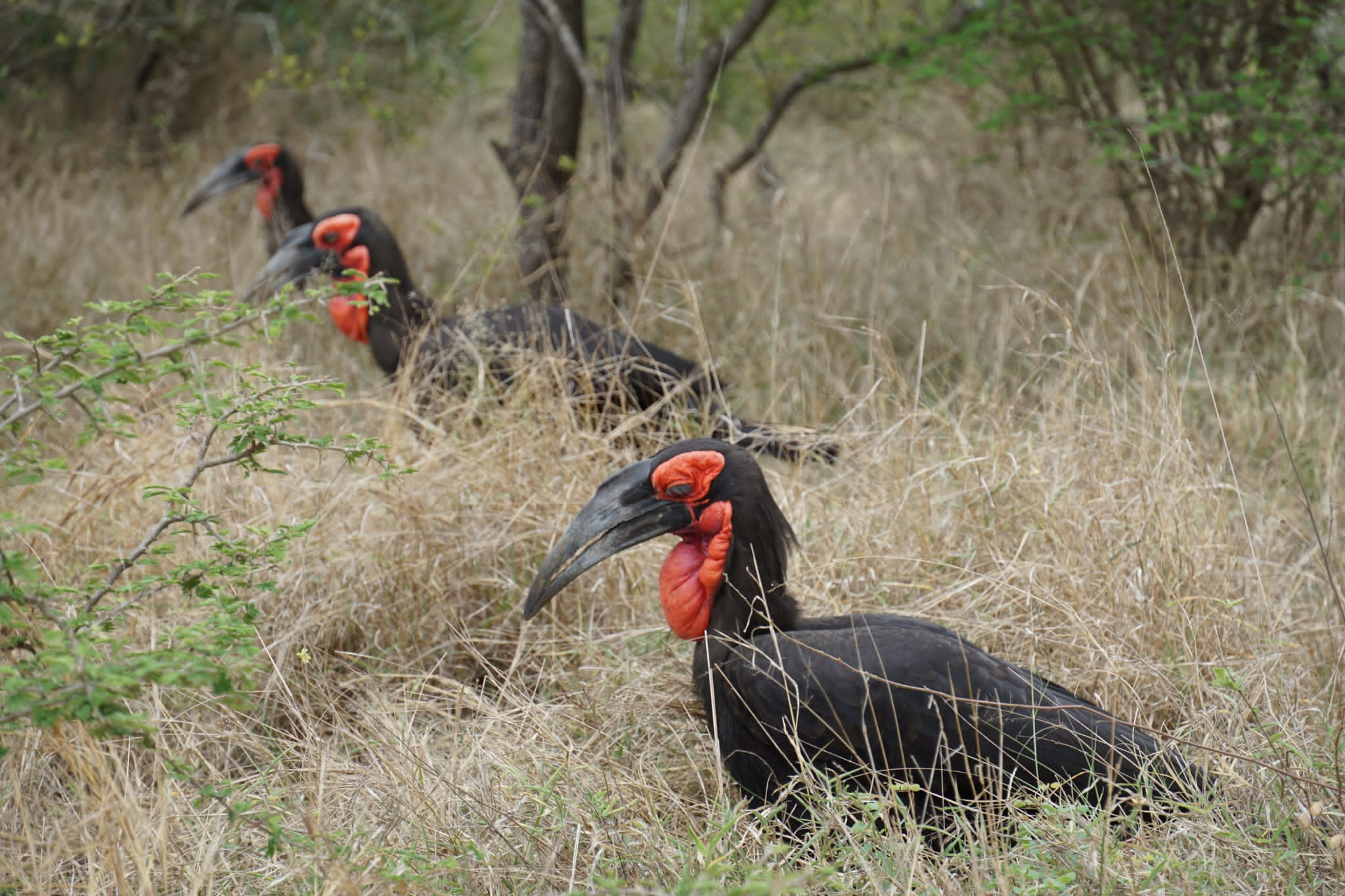

Photo by Marlize Ahlers
Photo by Marlize Ahlers

Photo by John Dutton
Photo by John Dutton

Photo by Noelia Herrero
Photo by Noelia Herrero

Photo by Dawn Ingrid Atkins
Photo by Dawn Ingrid Atkins

Photo by Michael Dally
Photo by Michael Dally

Photo by Chris S
Photo by Chris S

Photo by Carl Fauxbaton
Photo by Carl Fauxbaton

Photo by Anthony Grote
Photo by Anthony Grote

Photo by Jan De Kort
Photo by Jan De Kort
As always, if you live in the Southern Ground-hornbill range and aren’t part of our Champions groups yet, consider joining us!
Message our sightings number +27 79 754 6234 on WhatsApp, and you’ll be able to join a local group or establish a WhatsApp group of your own with others in the area. When people report their sightings in the group it helps the accuracy of our distribution maps, and you can be a hornbill hero just by keeping an eye out.
Populations and Perceptions
Patience Shito's MSc - understanding what people along the full western and southern boundary of the Kruger National Park think about these birds and what implications that has for their conservation.
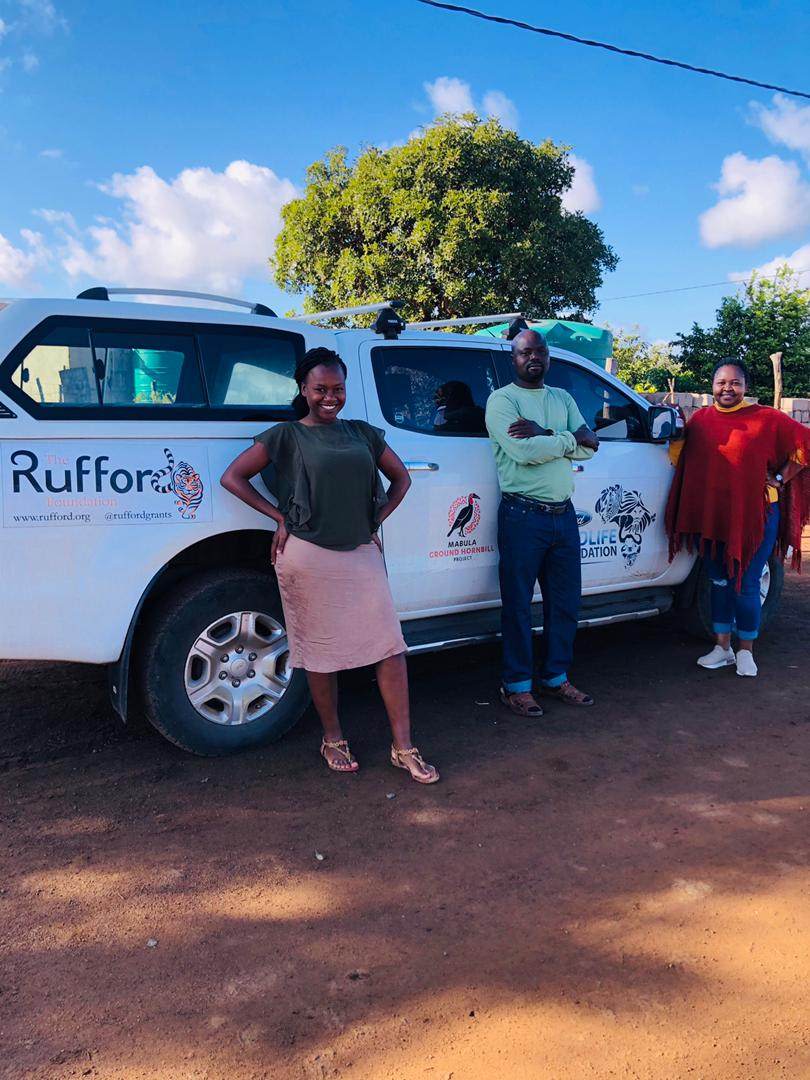
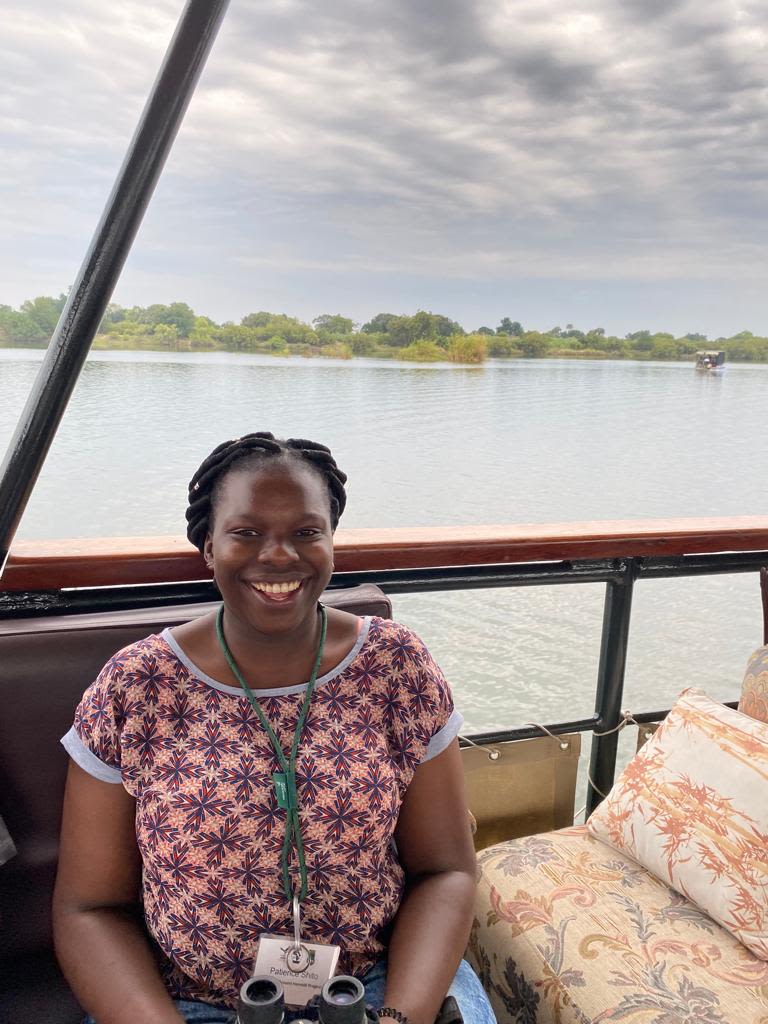
Patience has been covering a lot of ground in her work on the Populations and Perceptions project. She and Nthabiseng worked with the support of their translating team and Nolwazi Mbongwa who is completing her PhD understanding the role of these birds, along with other species, in our traditional medicine markets.
They have travelled from the Limpopo River Valley all the way down the western border of Kruger National Park and into KwaZulu-Natal, speaking to people, understanding their perceptions of these birds, spreading the word of the threats to the Southern Ground-hornbill and distributing educational material. Patience is currently analysing her data and writing up her research. We are very excited for her conclusions, and for her to finally receive the Masters's degree for which she has worked so hard.
SOME RECENT PUBLICATIONS
Through the eyes of a hunter: assessing perception and exclusion performance in ground-hornbills
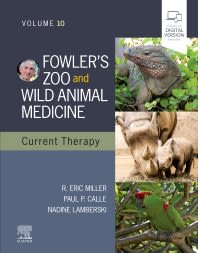
Ground-hornbill medicine
We would like to continue to send you our news and updates on matters regarding conservation, wildlife management and research. To remain on our mailing lists you don’t need to respond. Should you wish to no longer receive these emails, please click the "unsubscribe" link below. Thereafter you will no longer receive any correspondence from us.
We would also like to take this opportunity to assure you that your personal information (email and name) is controlled and securely stored. If you wish to continue receiving our updates, you needn't click anything. We will not share your information with third parties without your consent or use your details irresponsibly.

